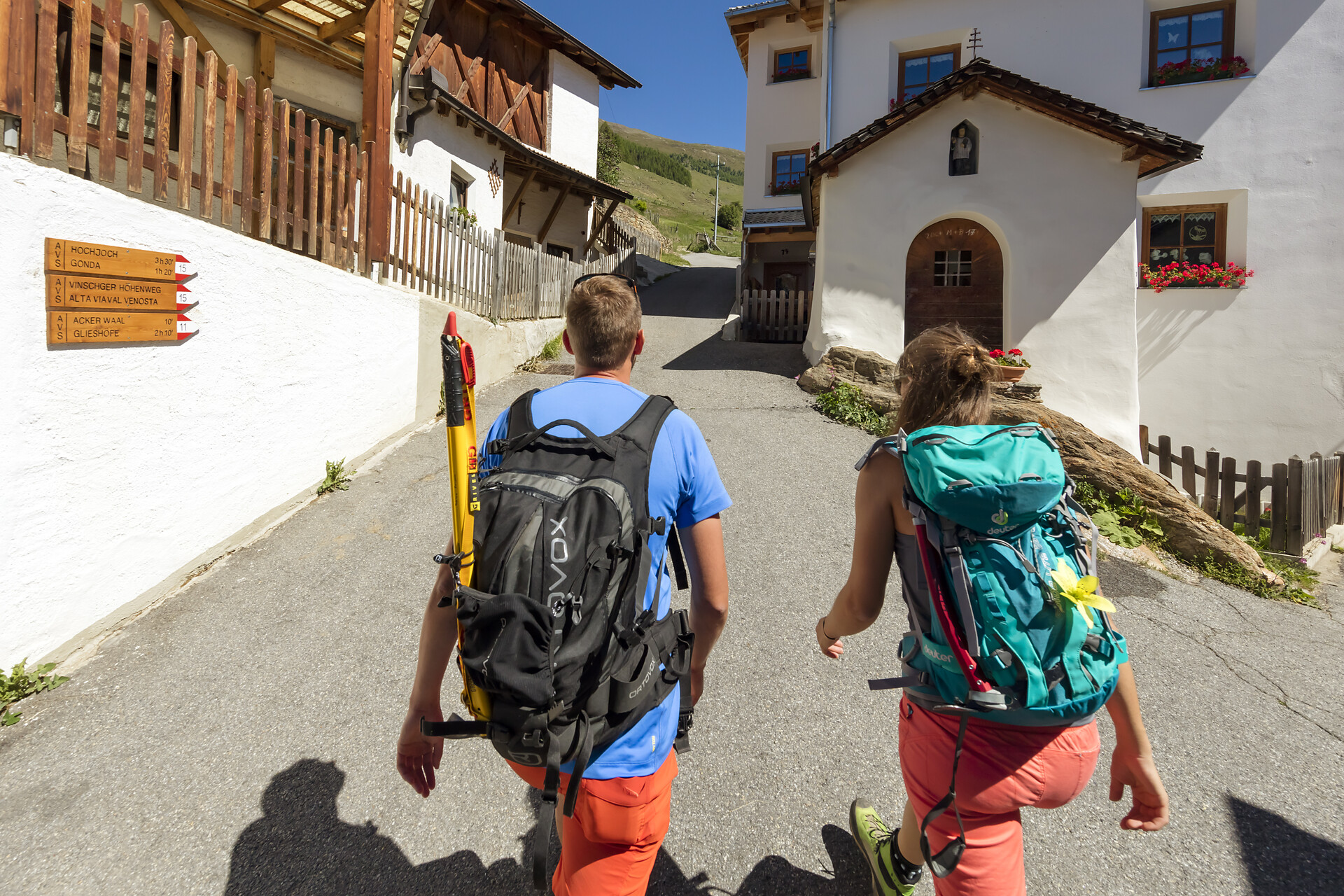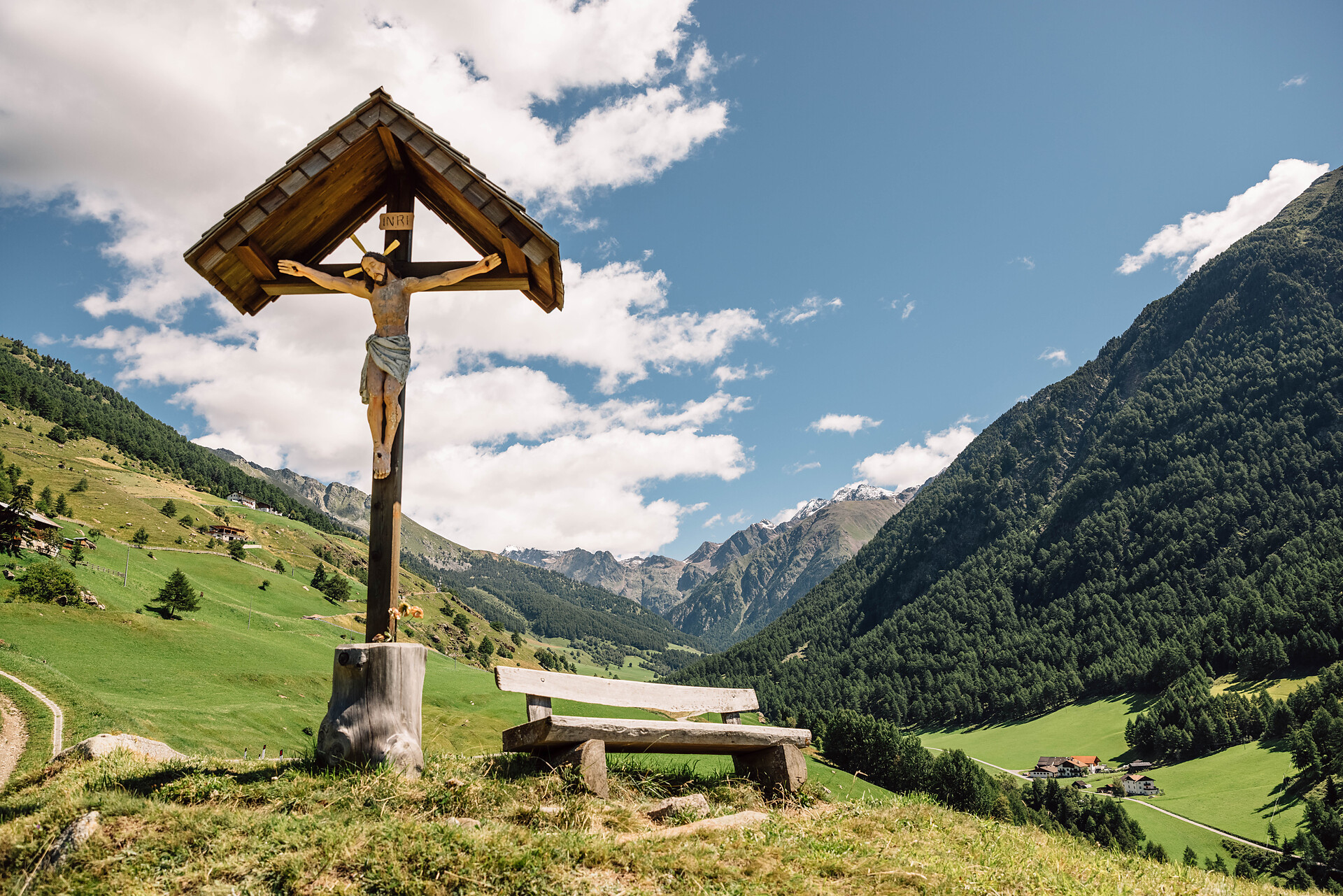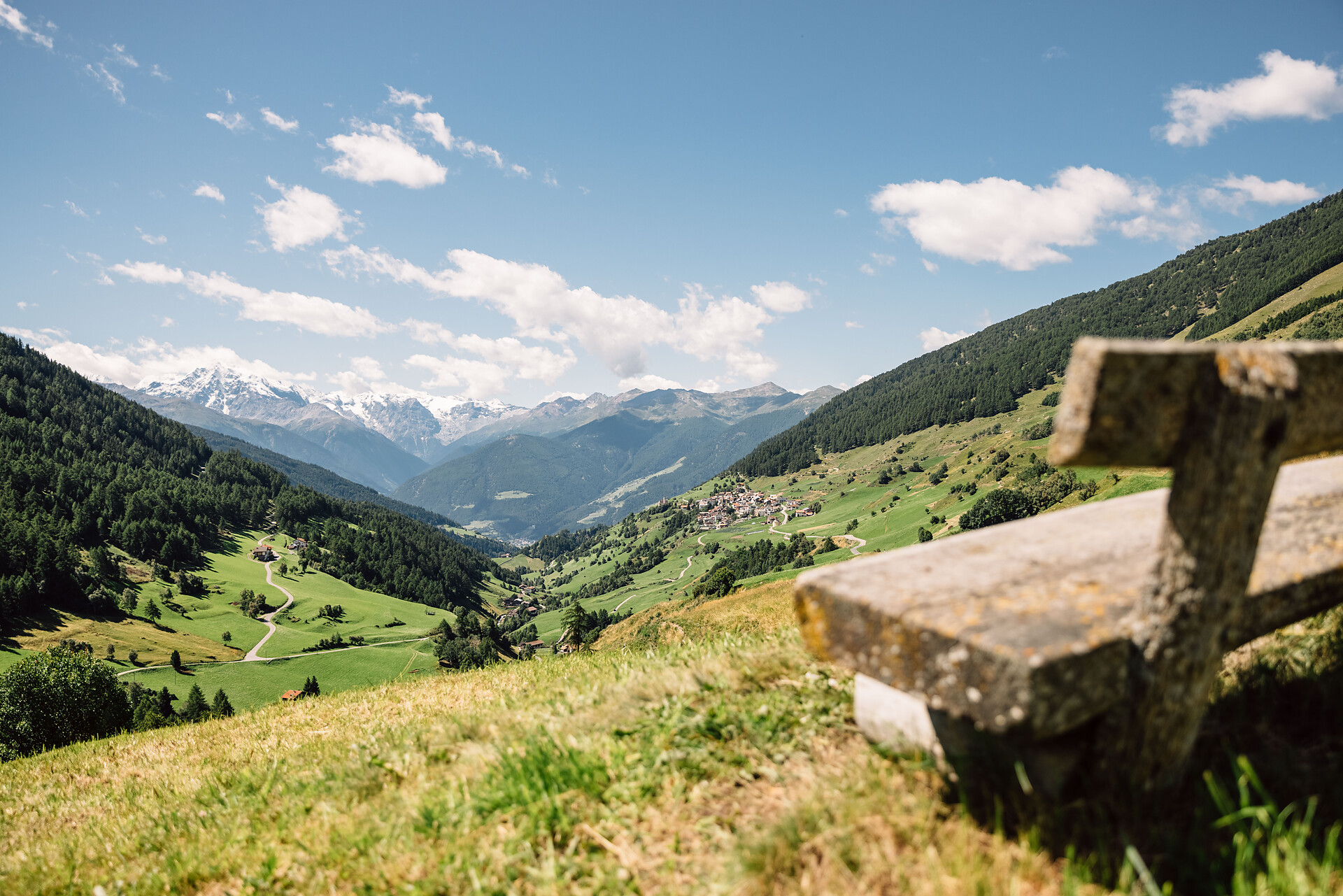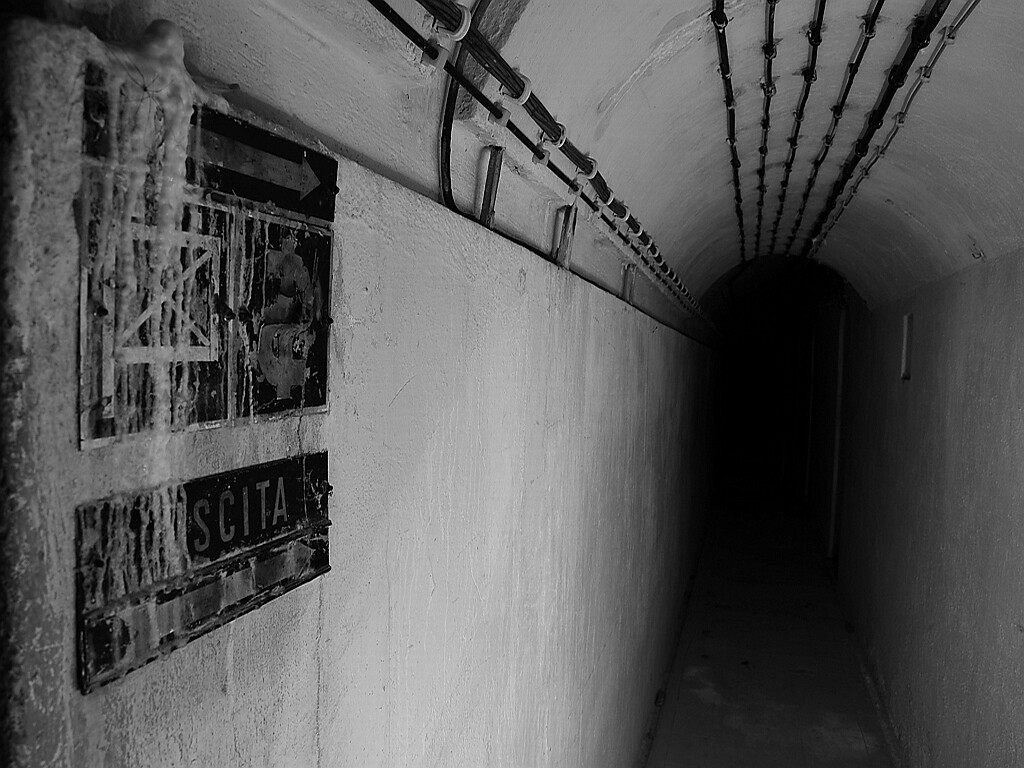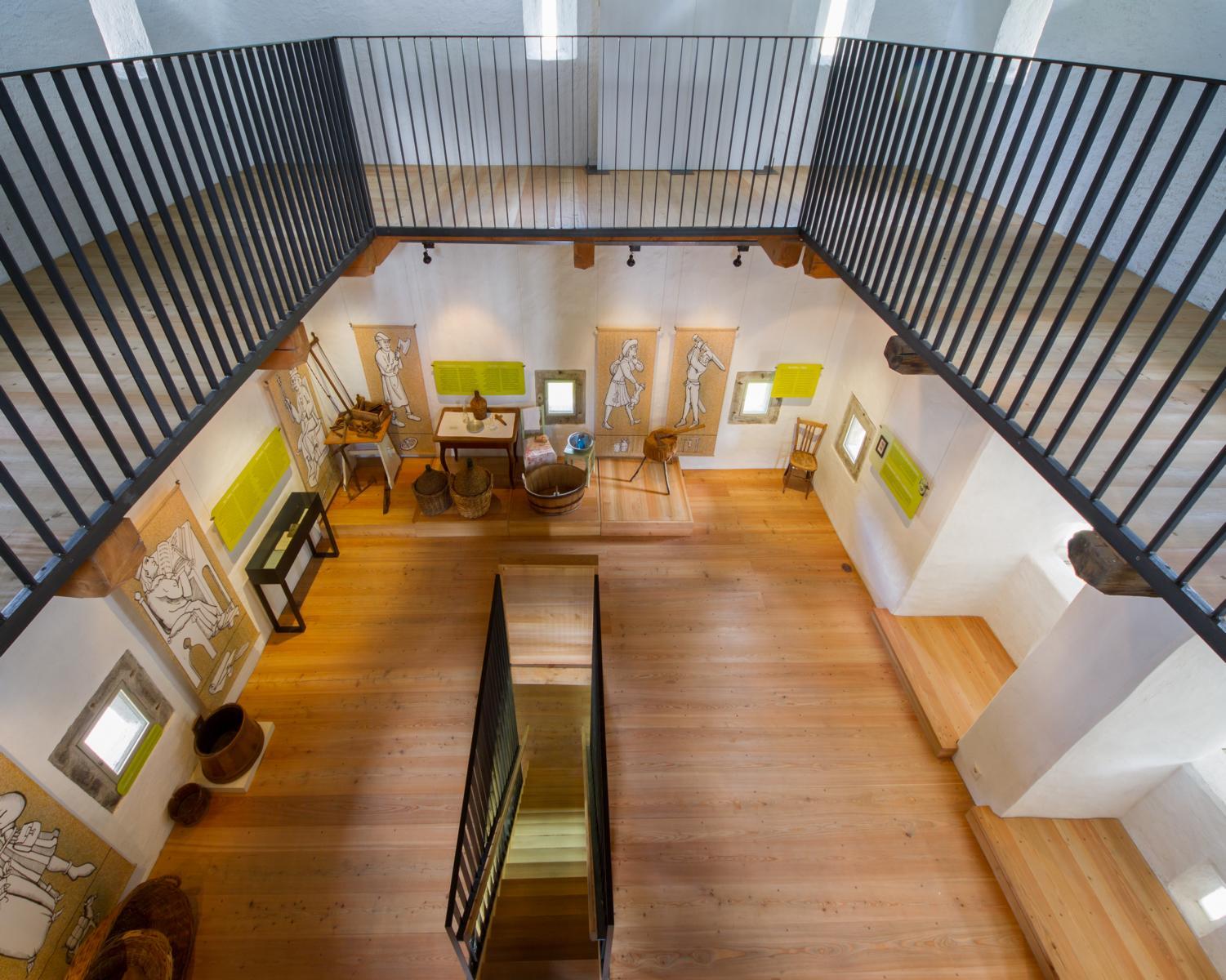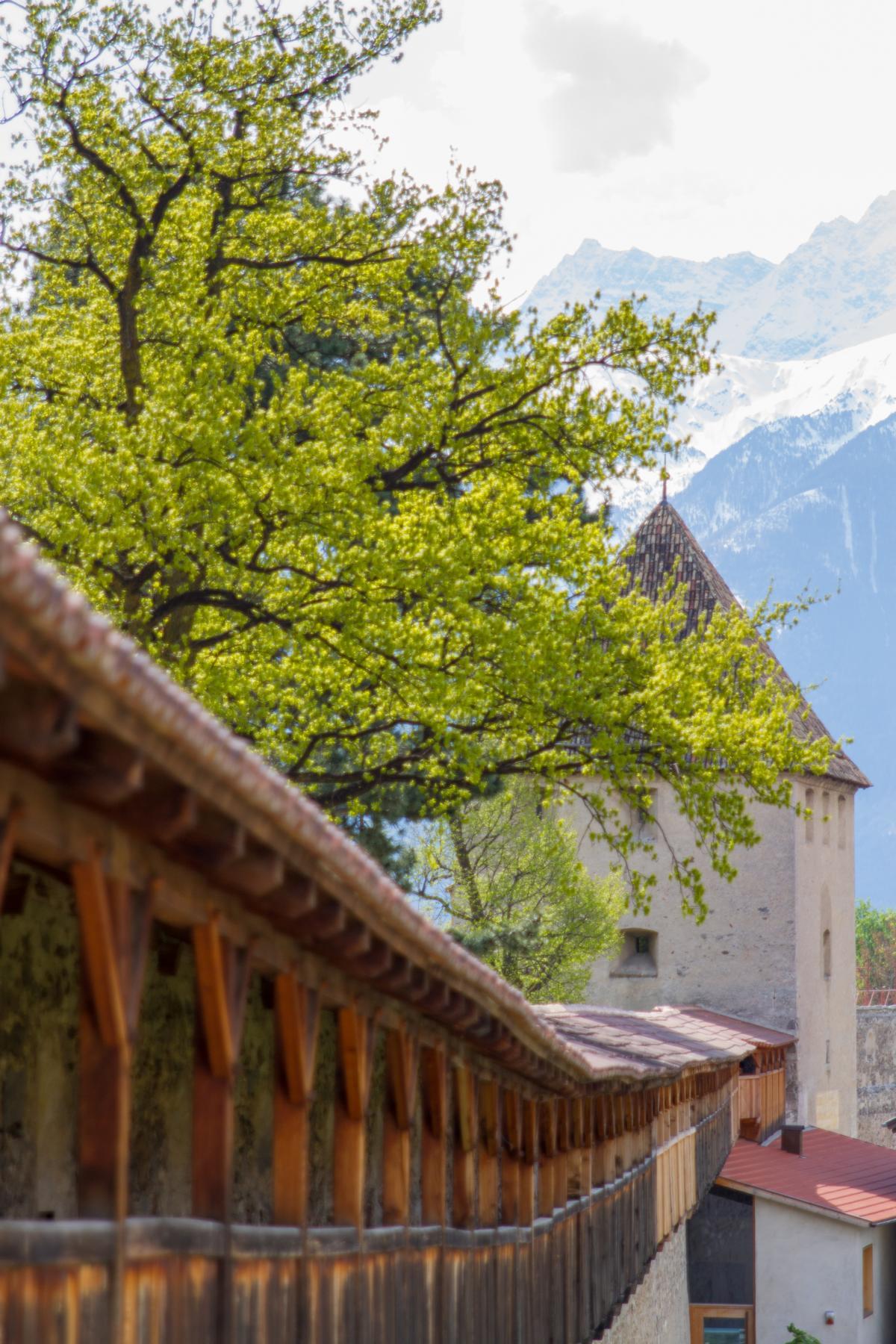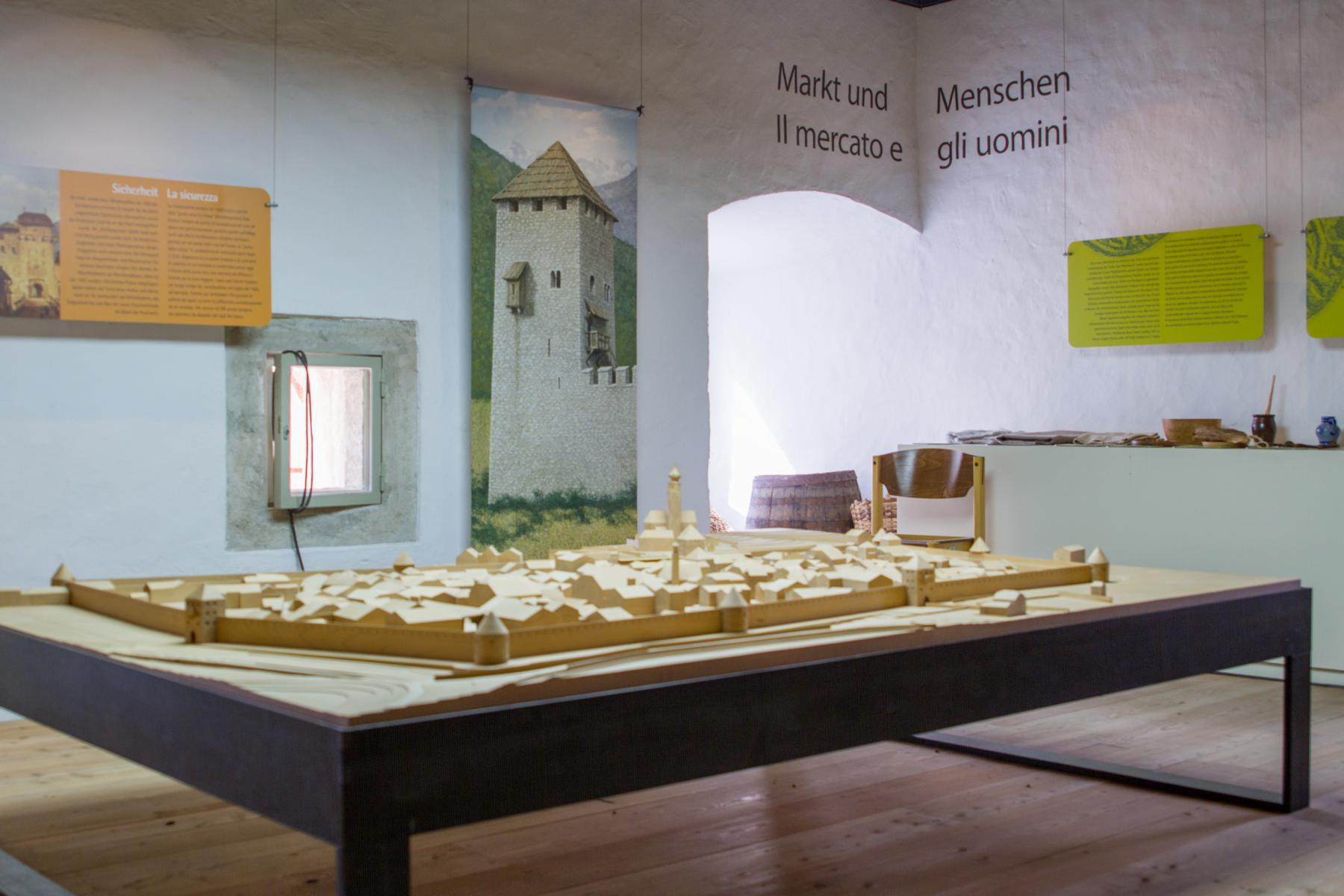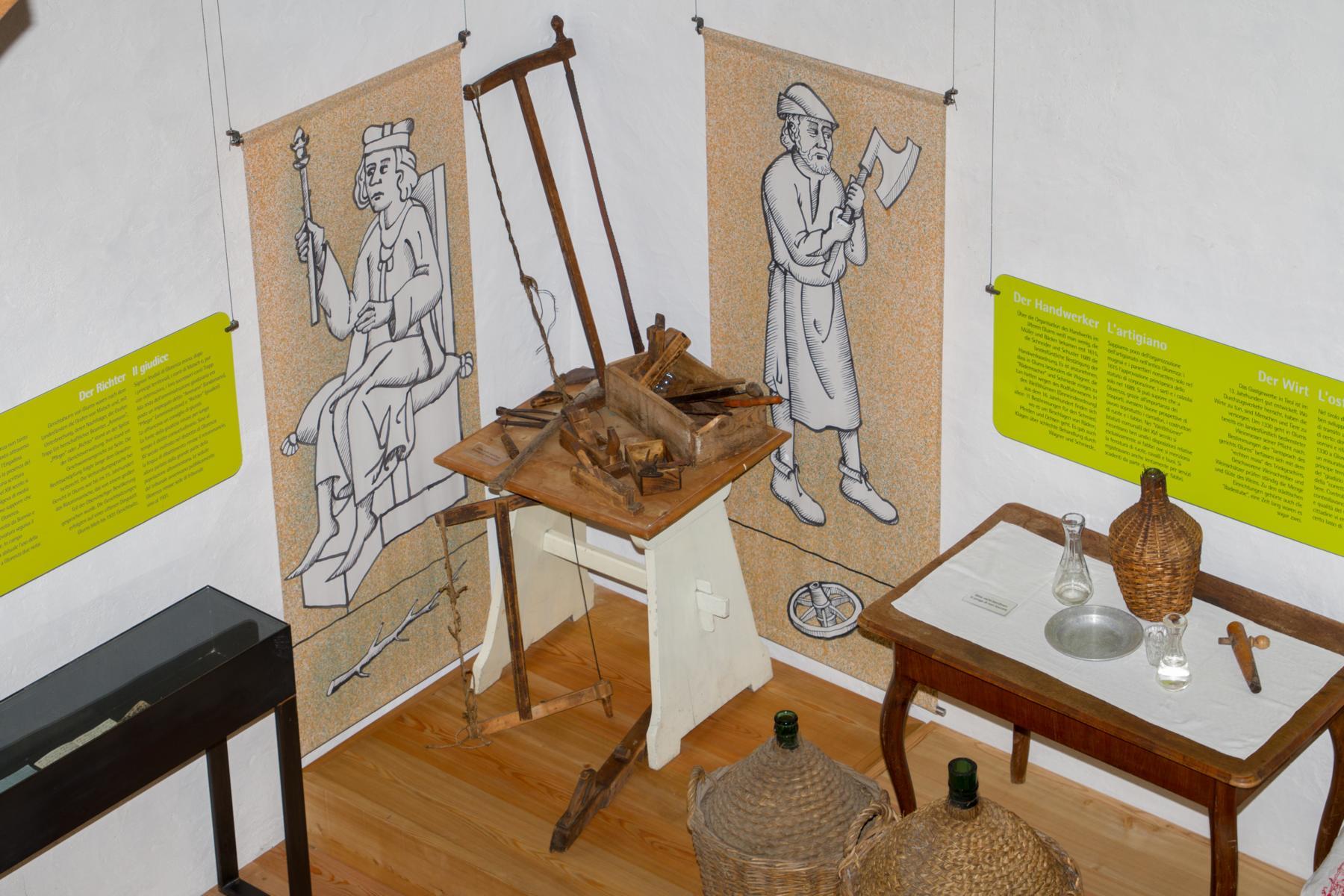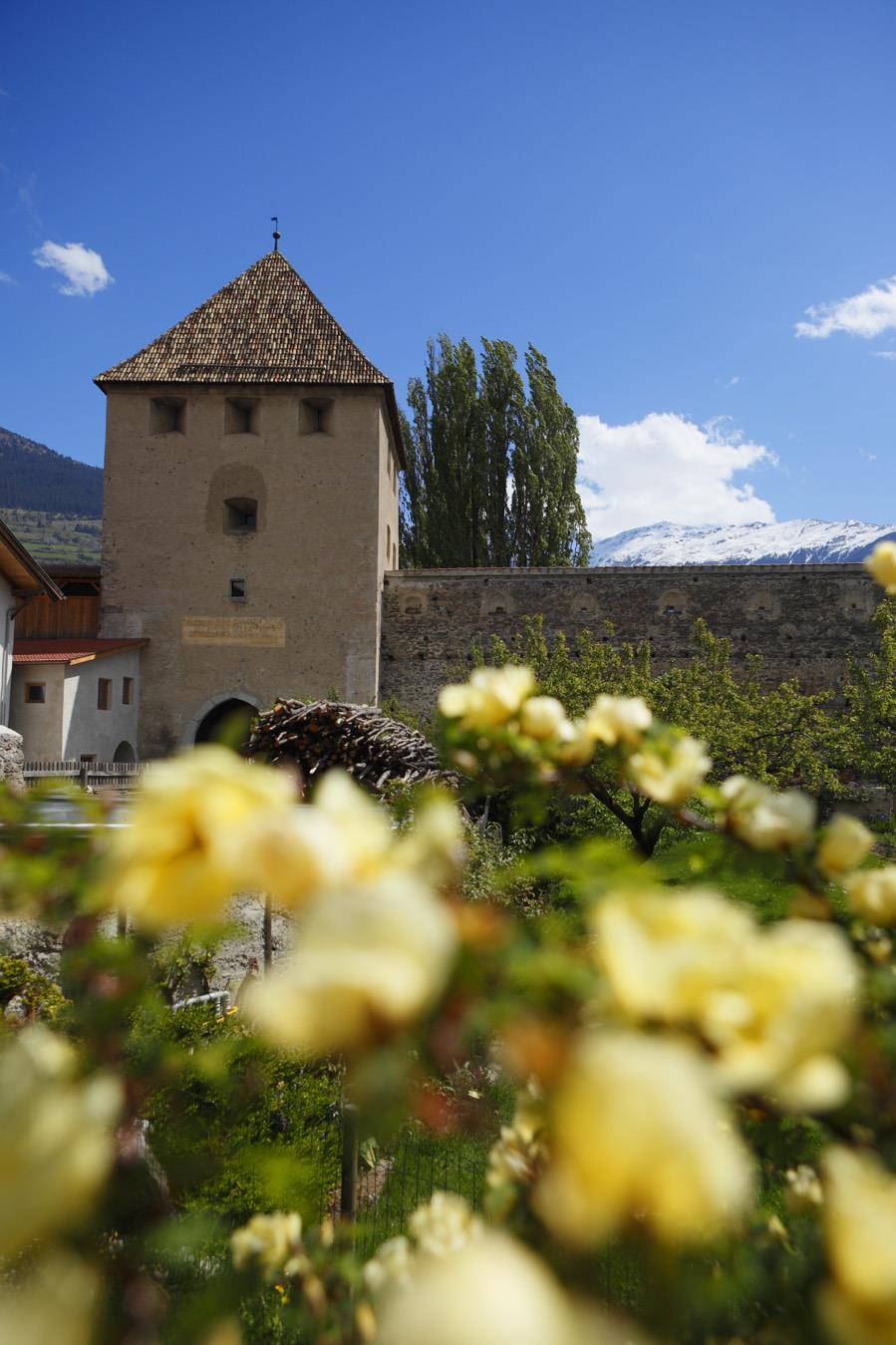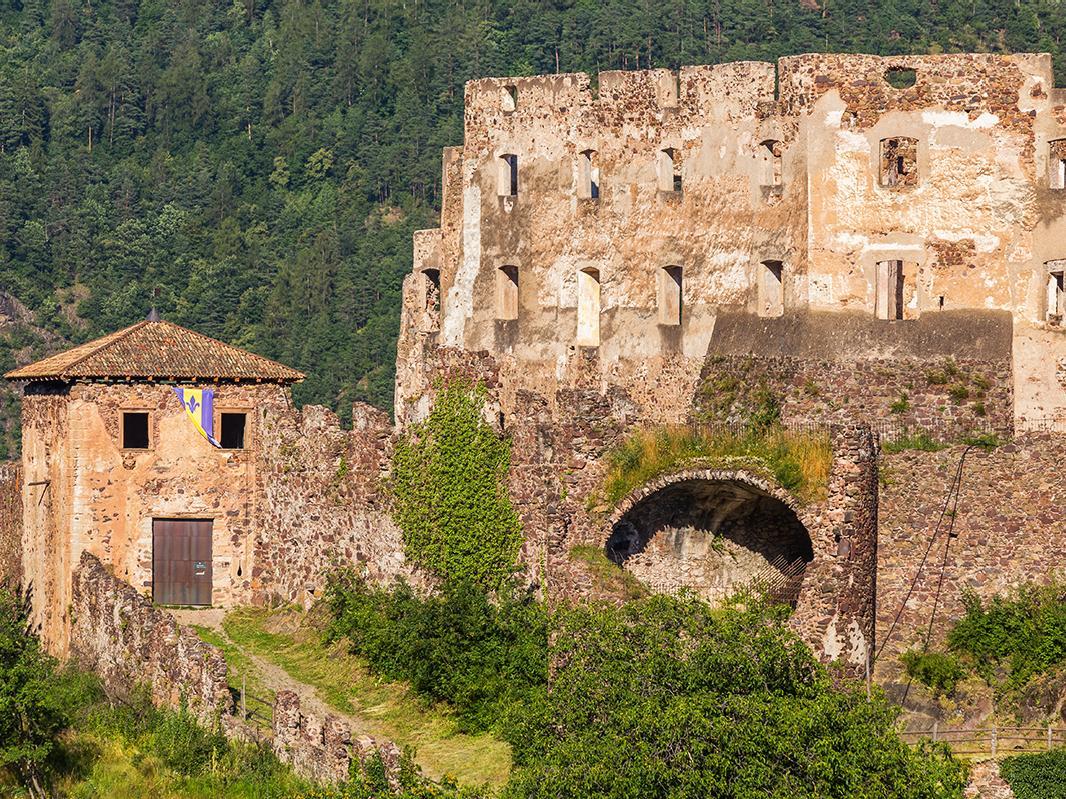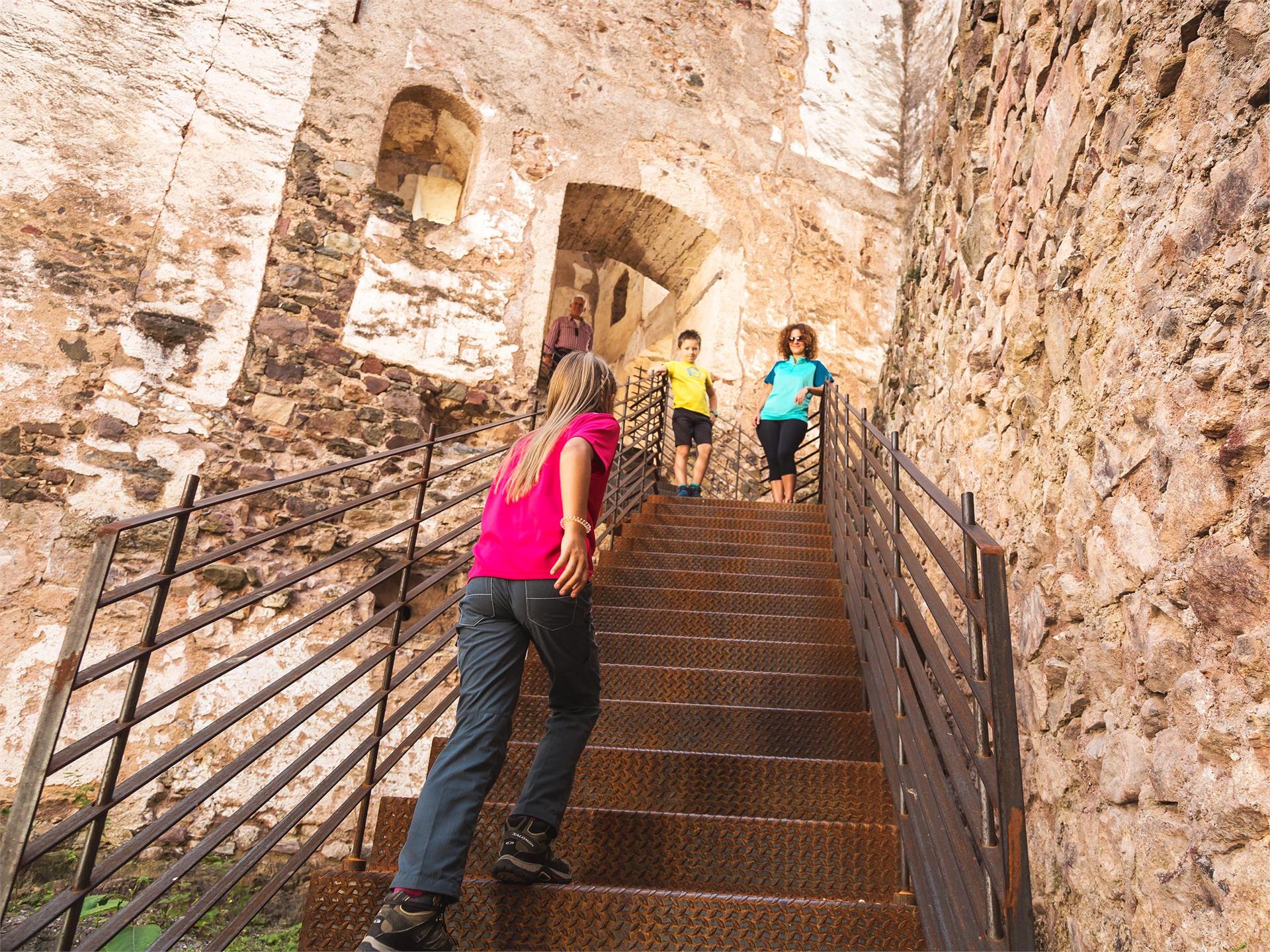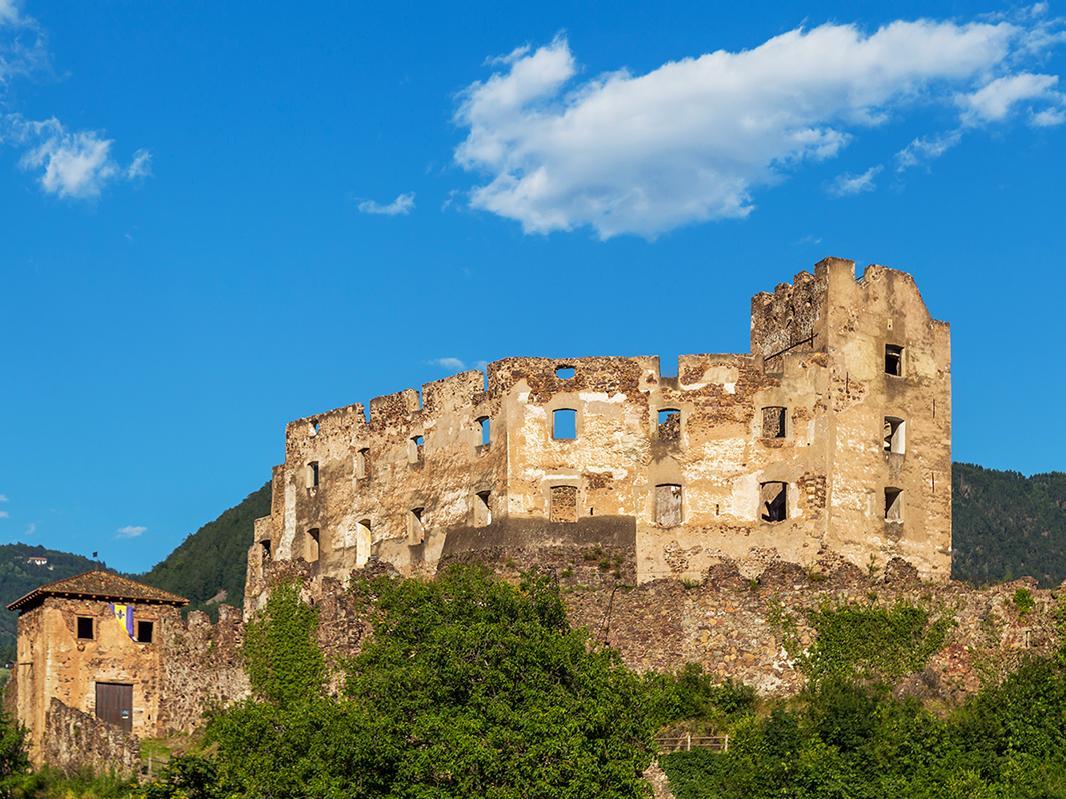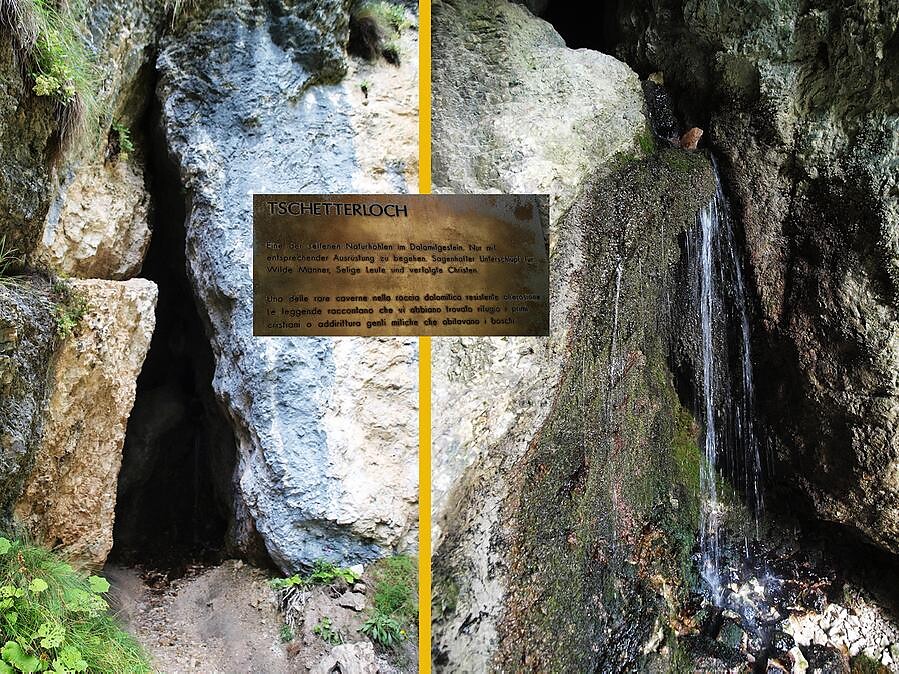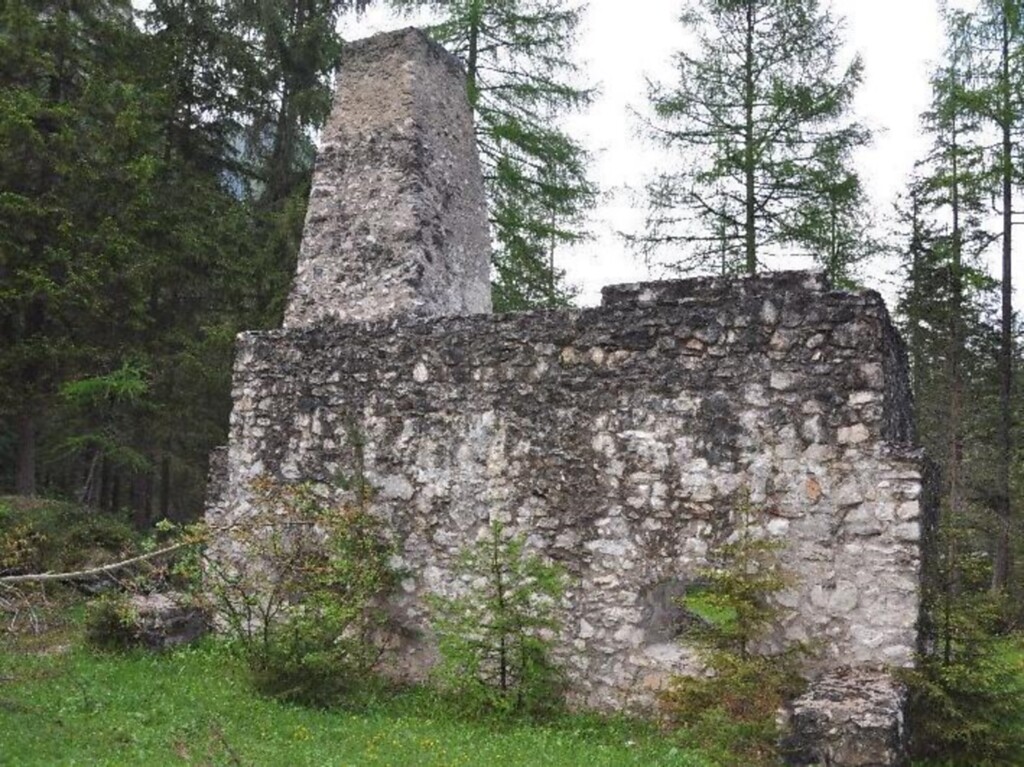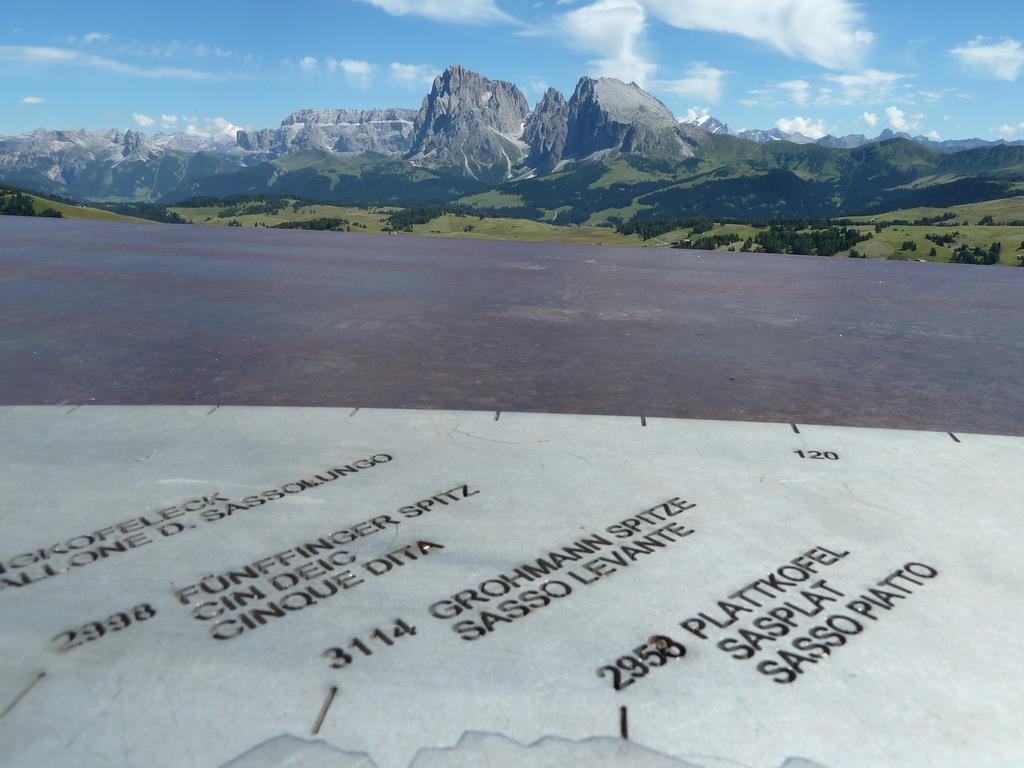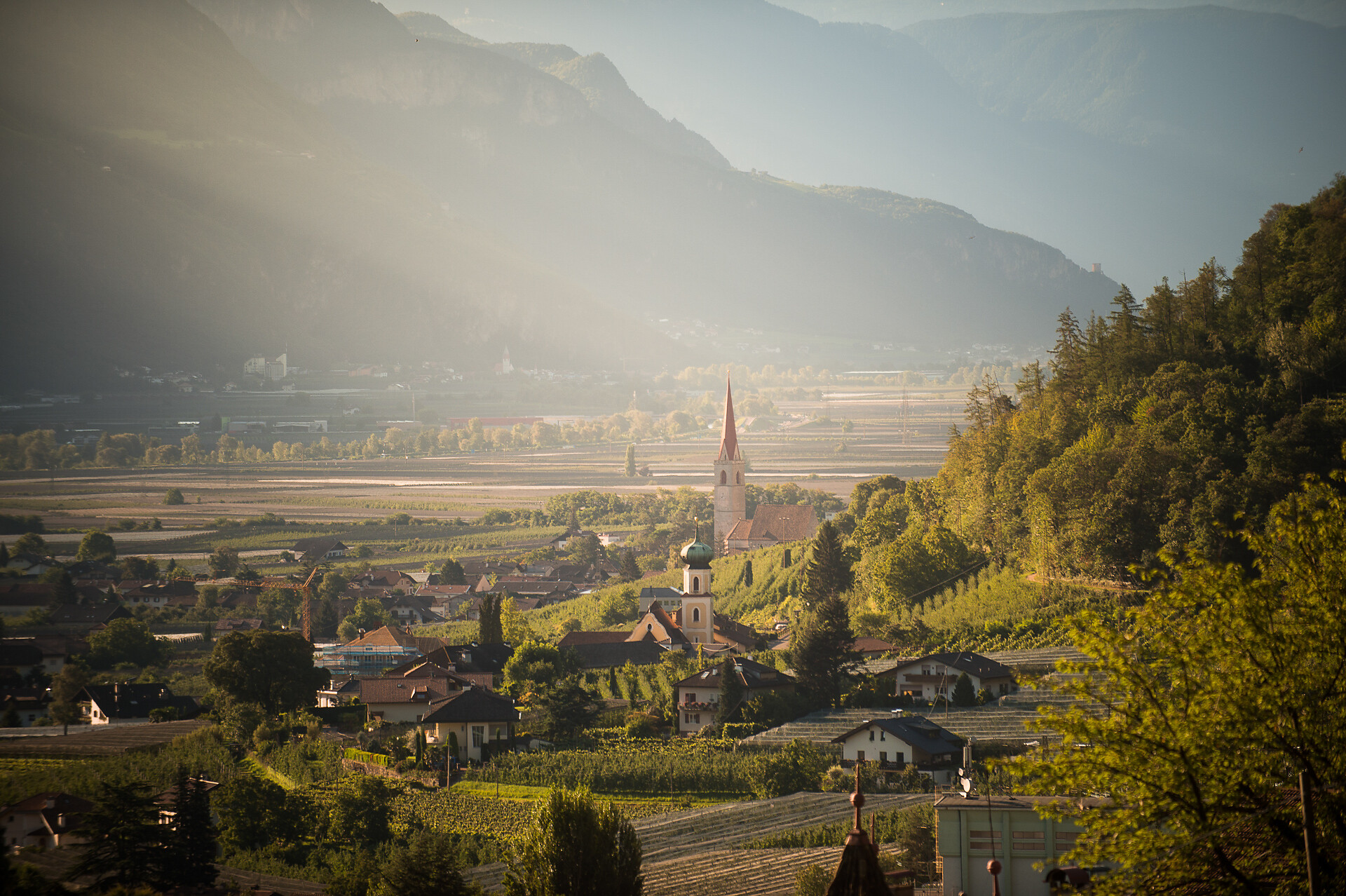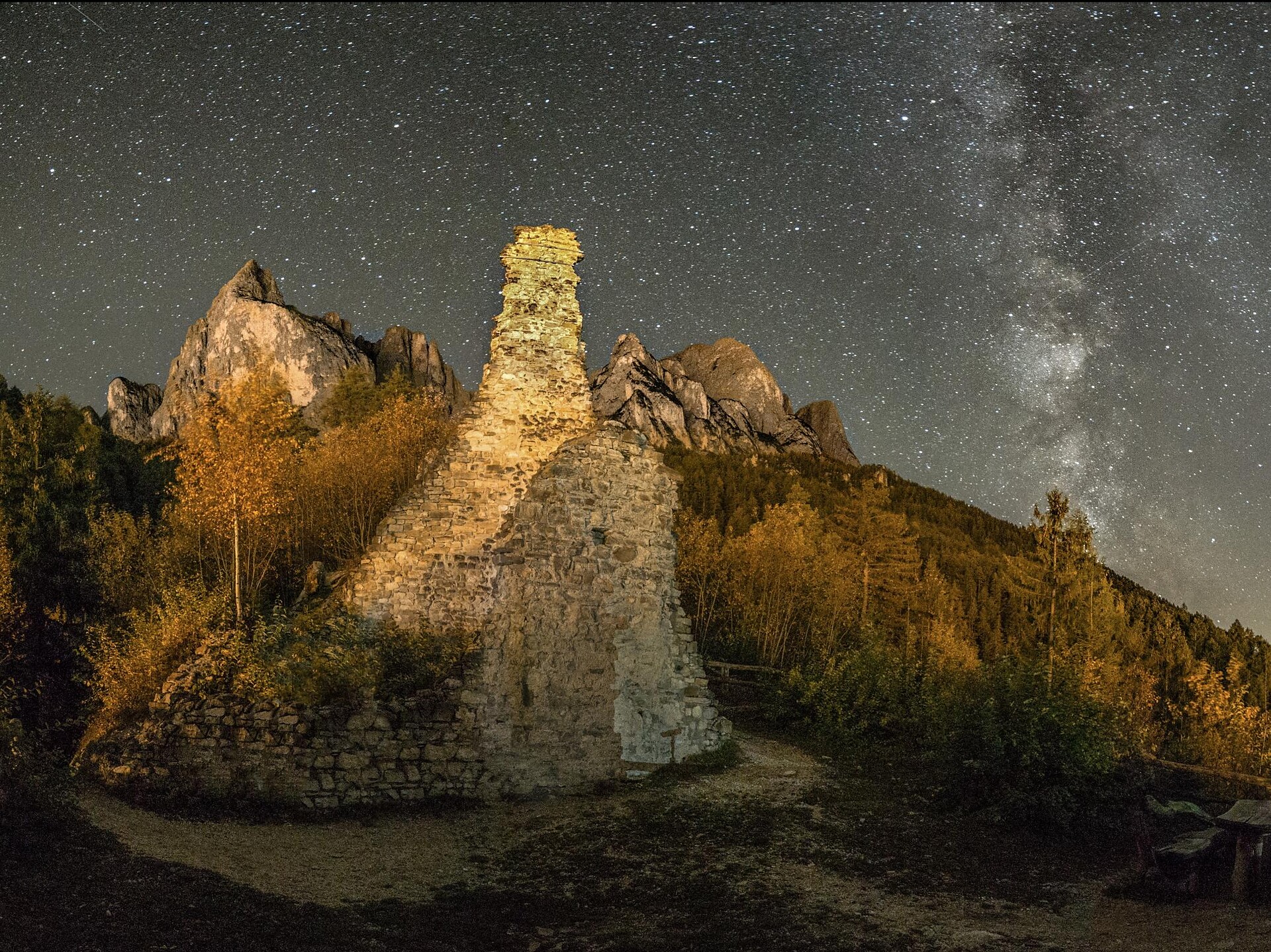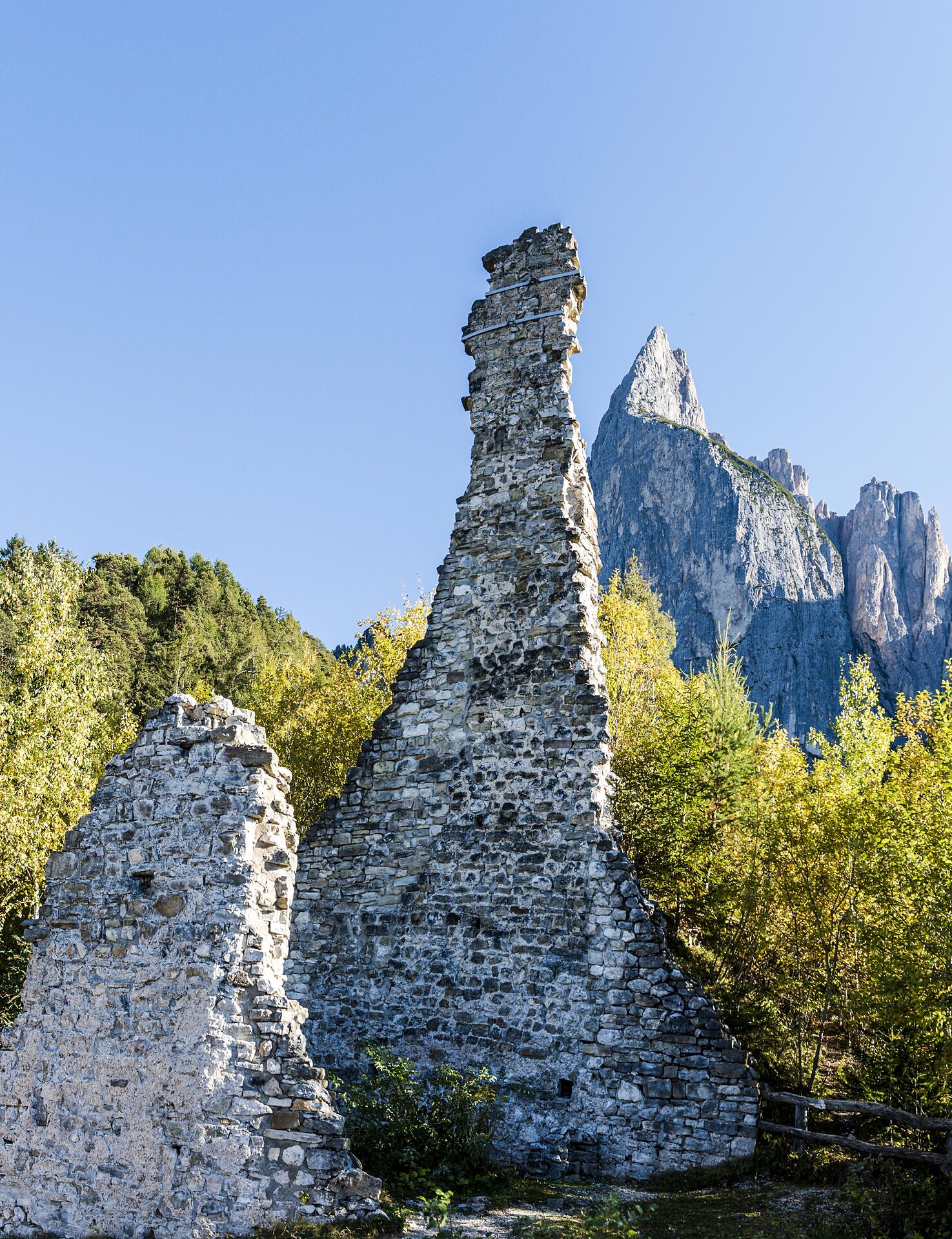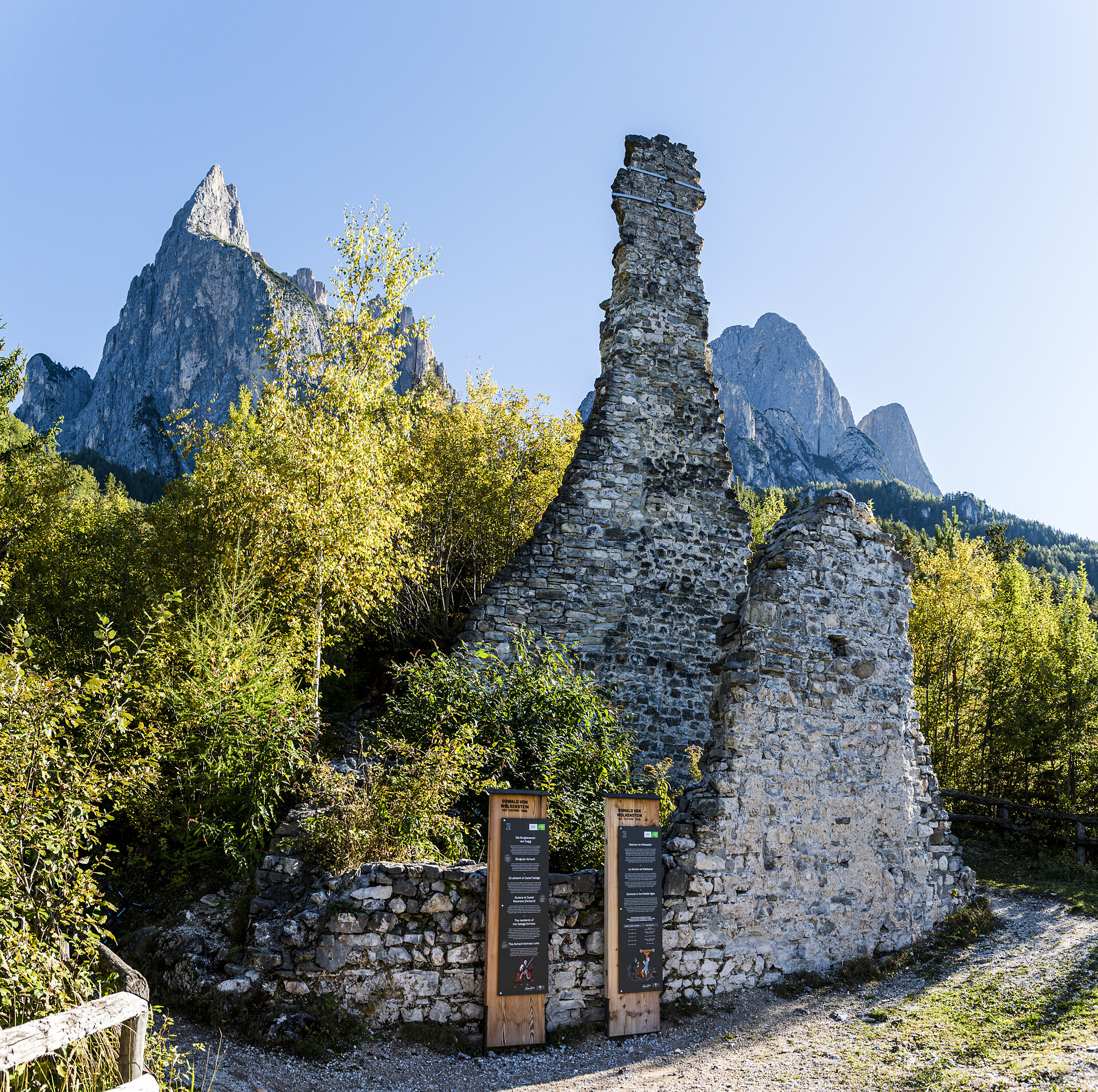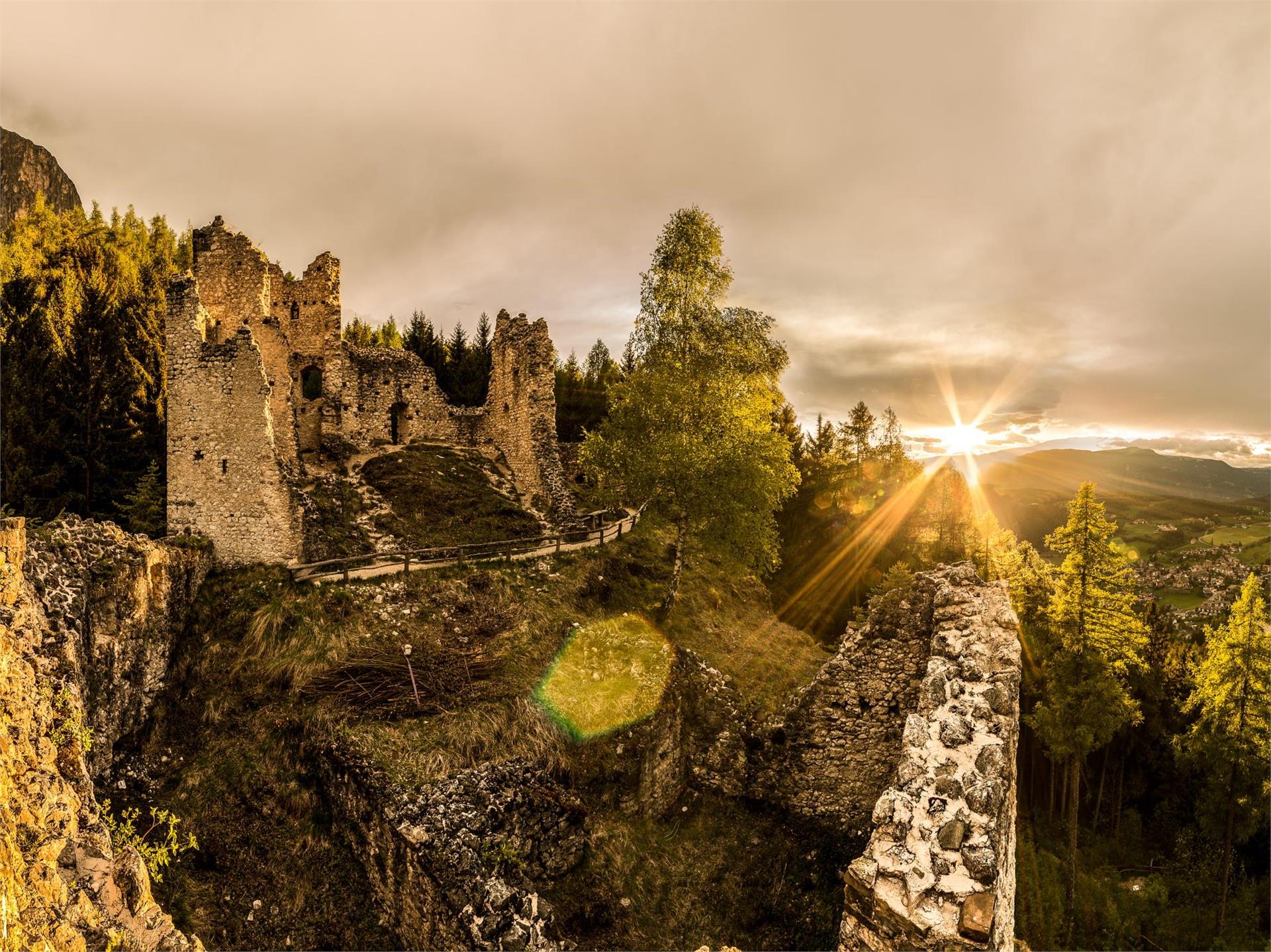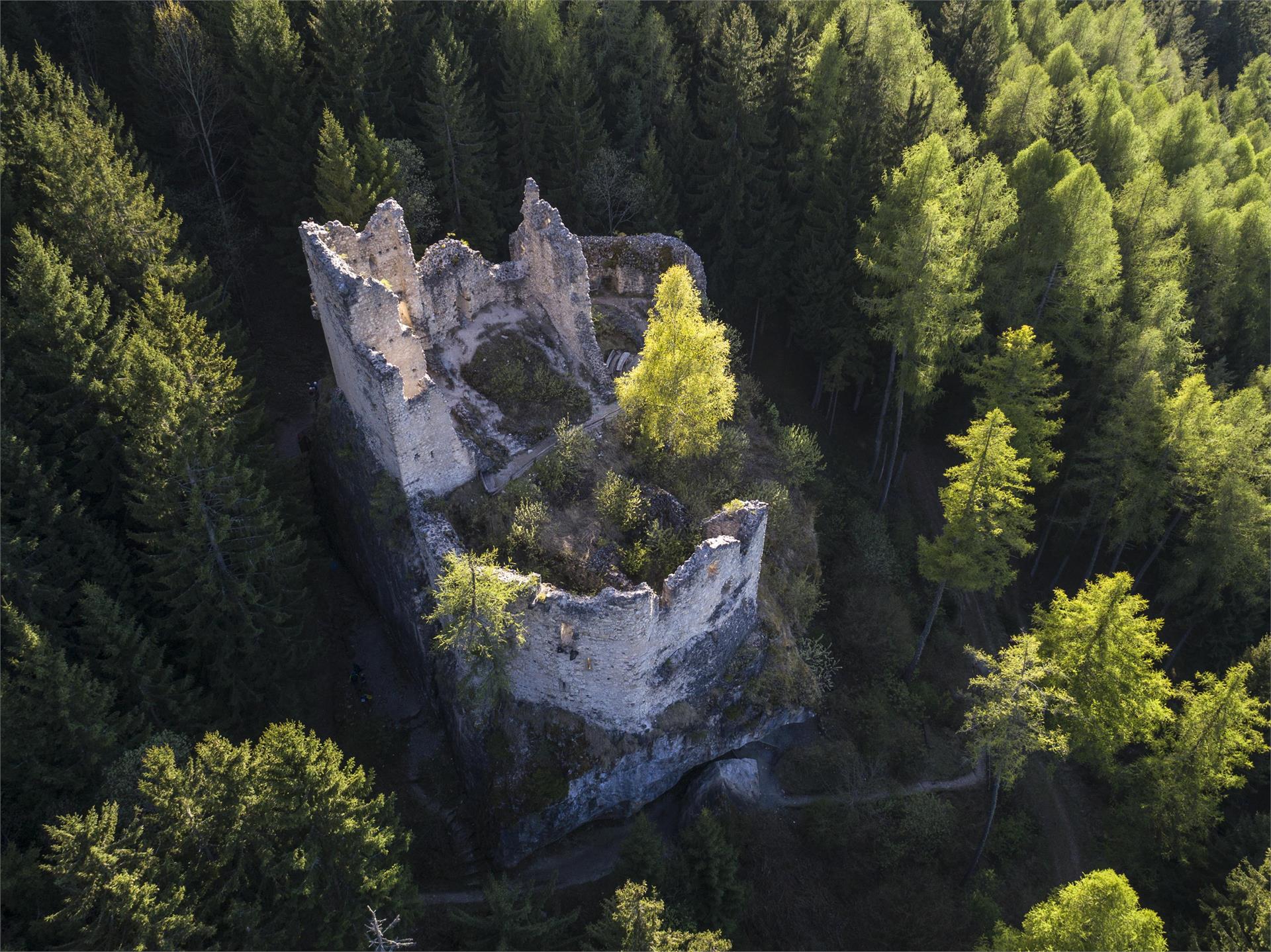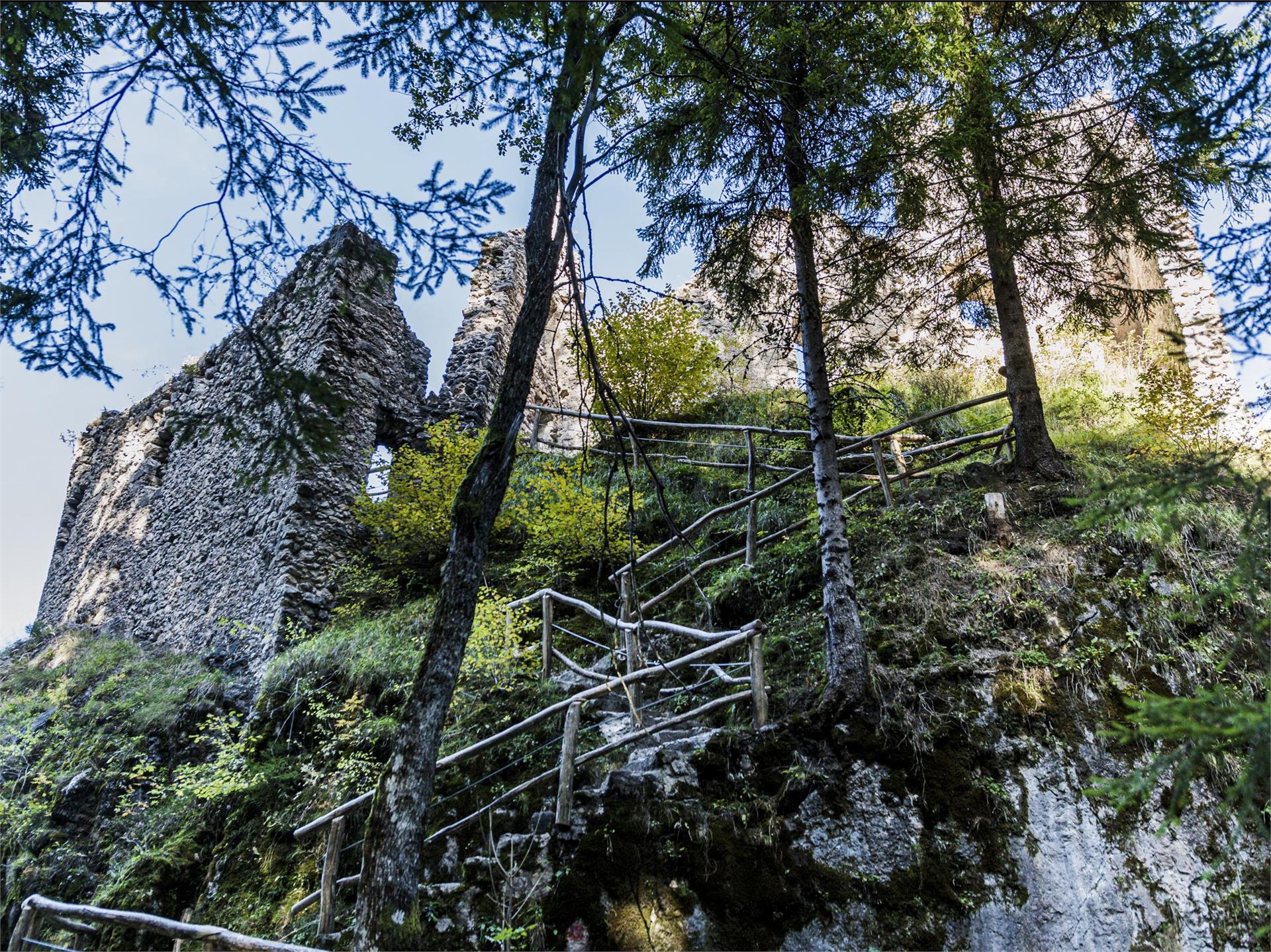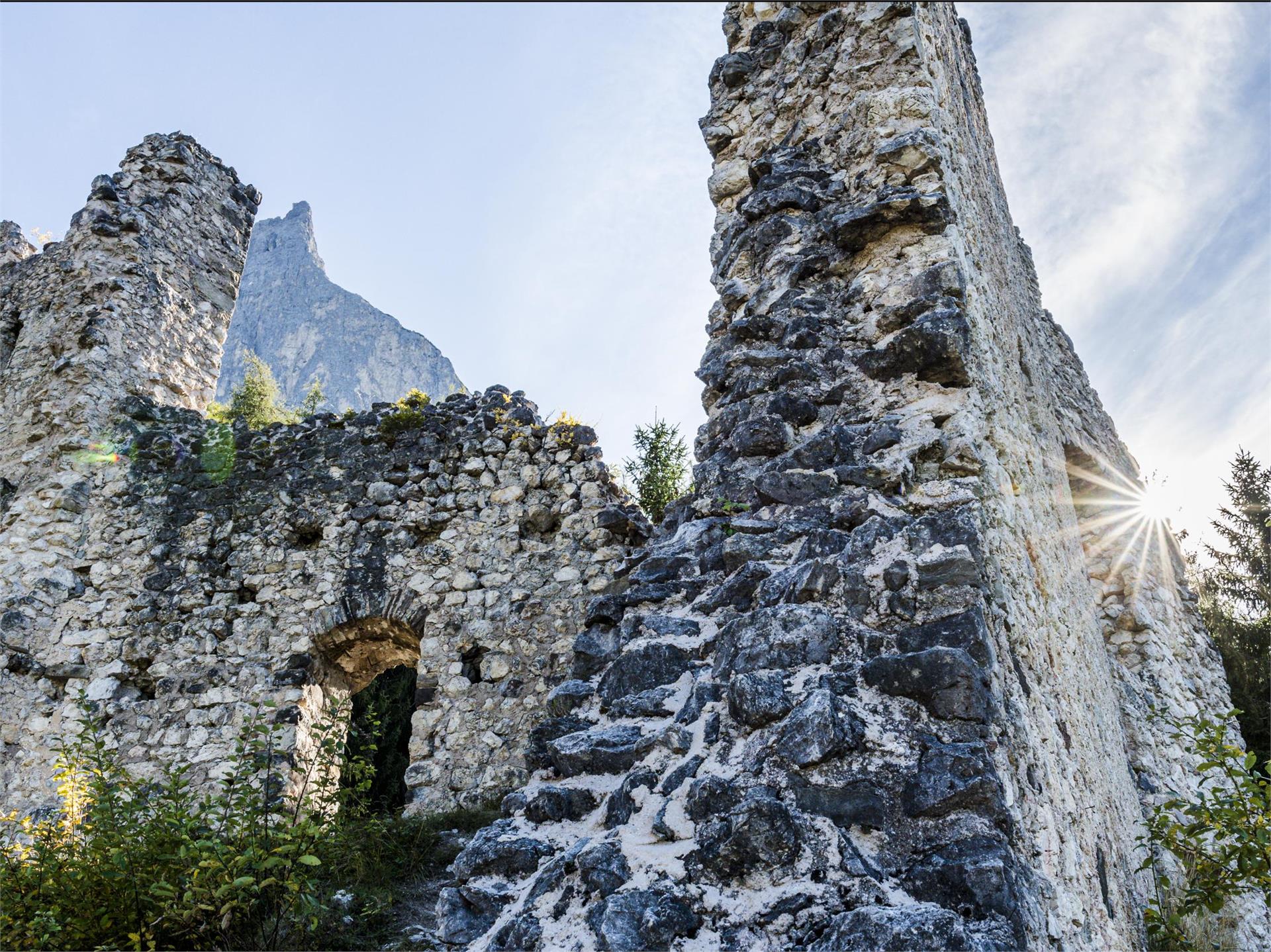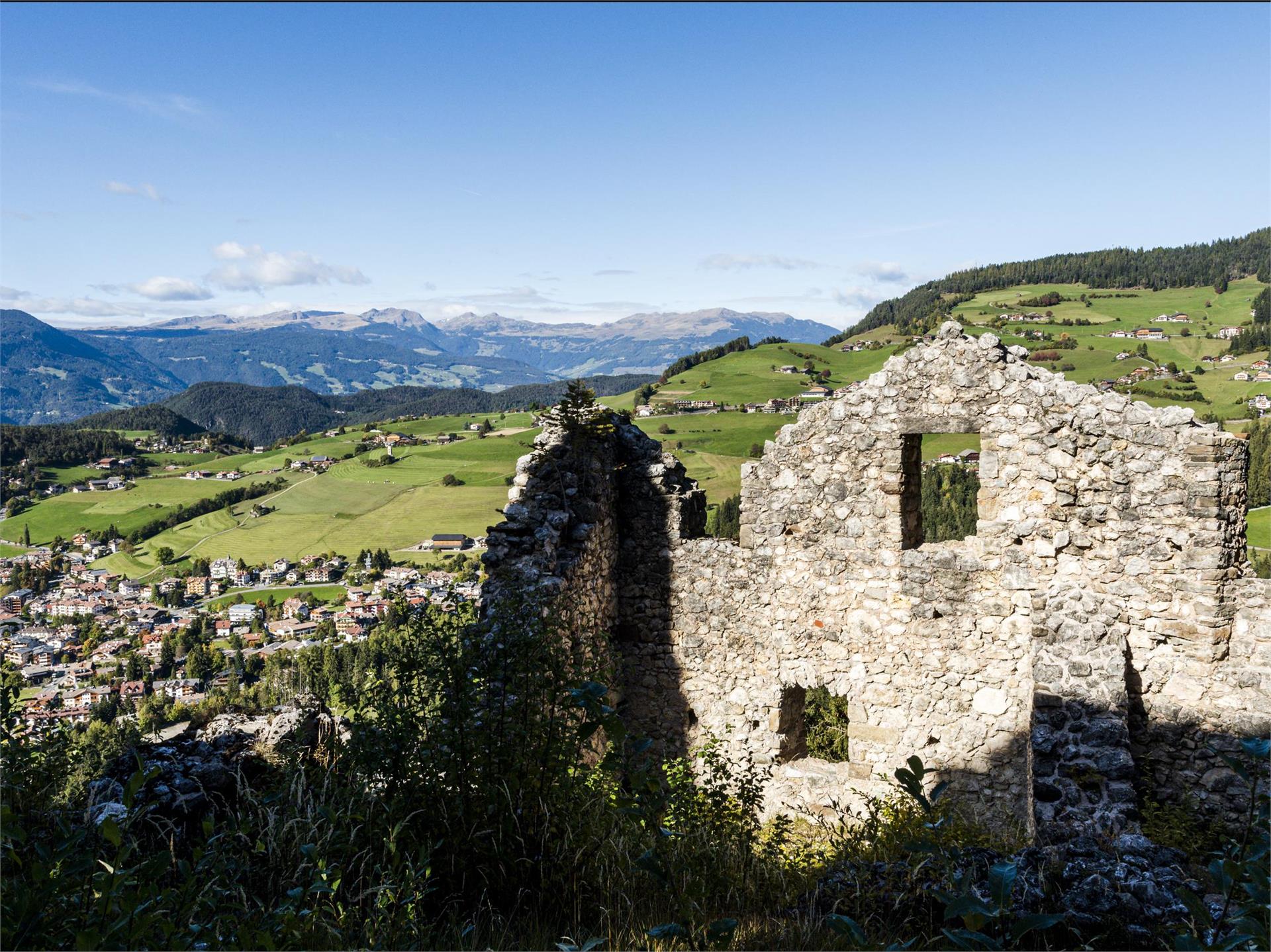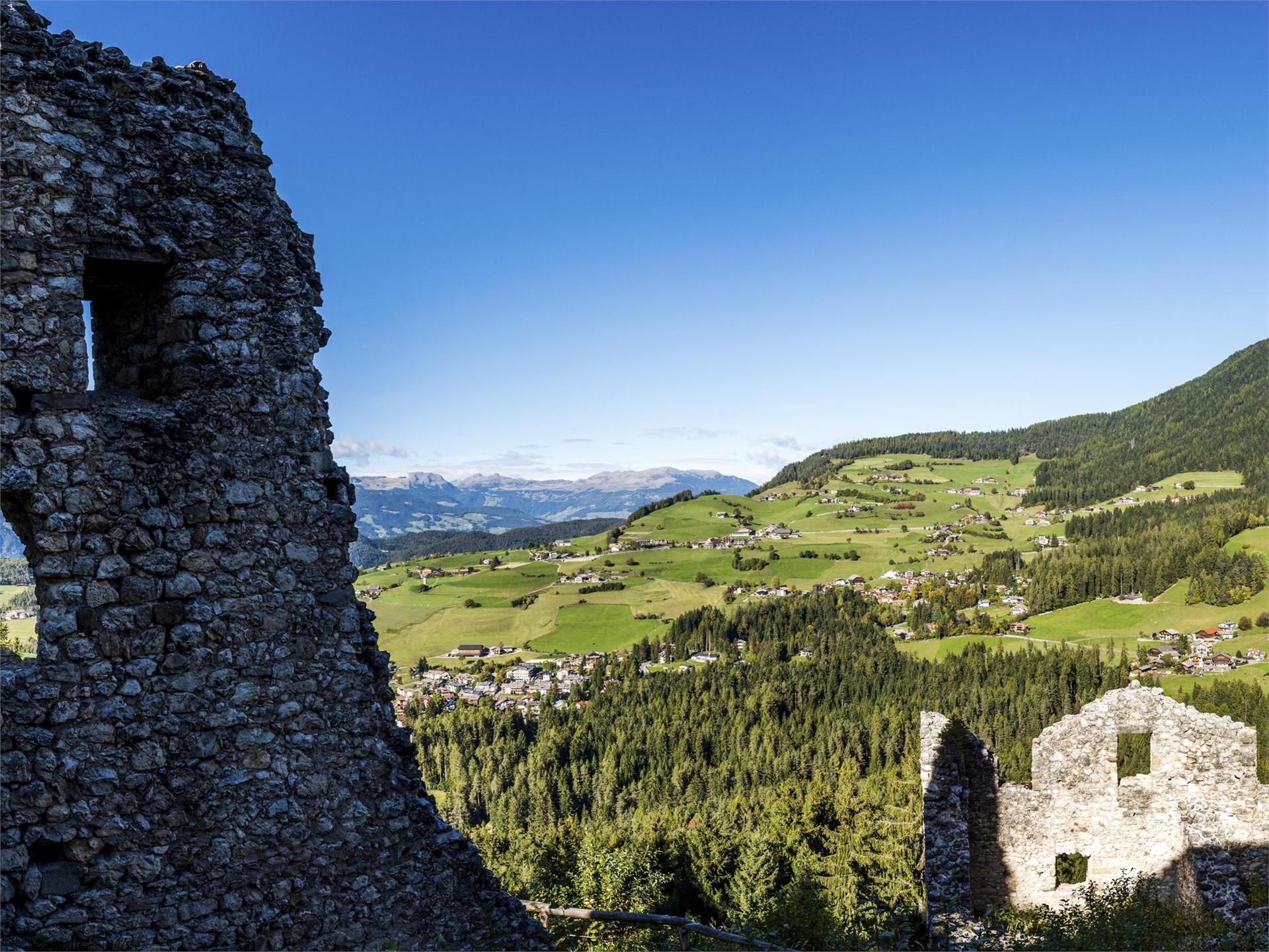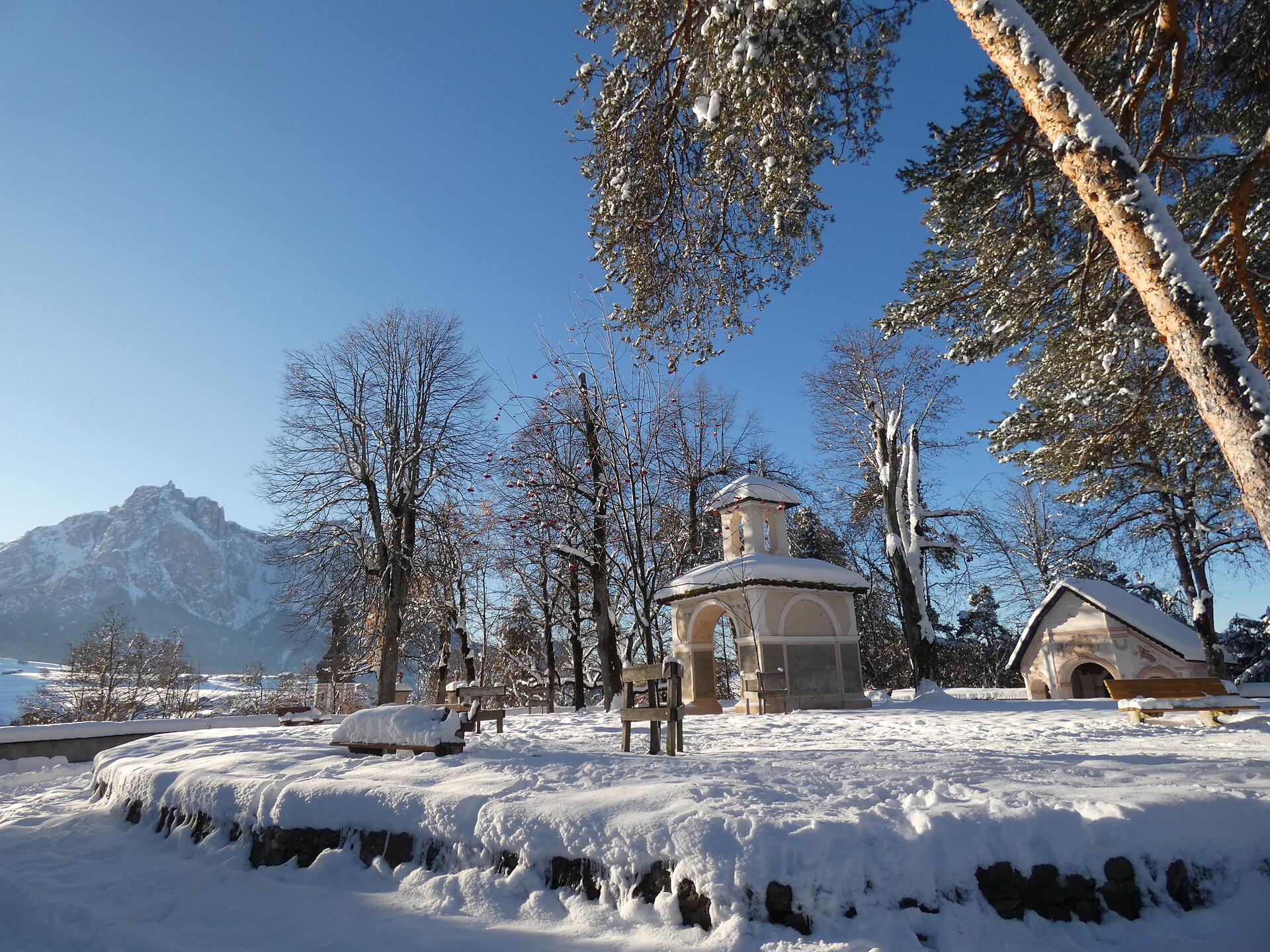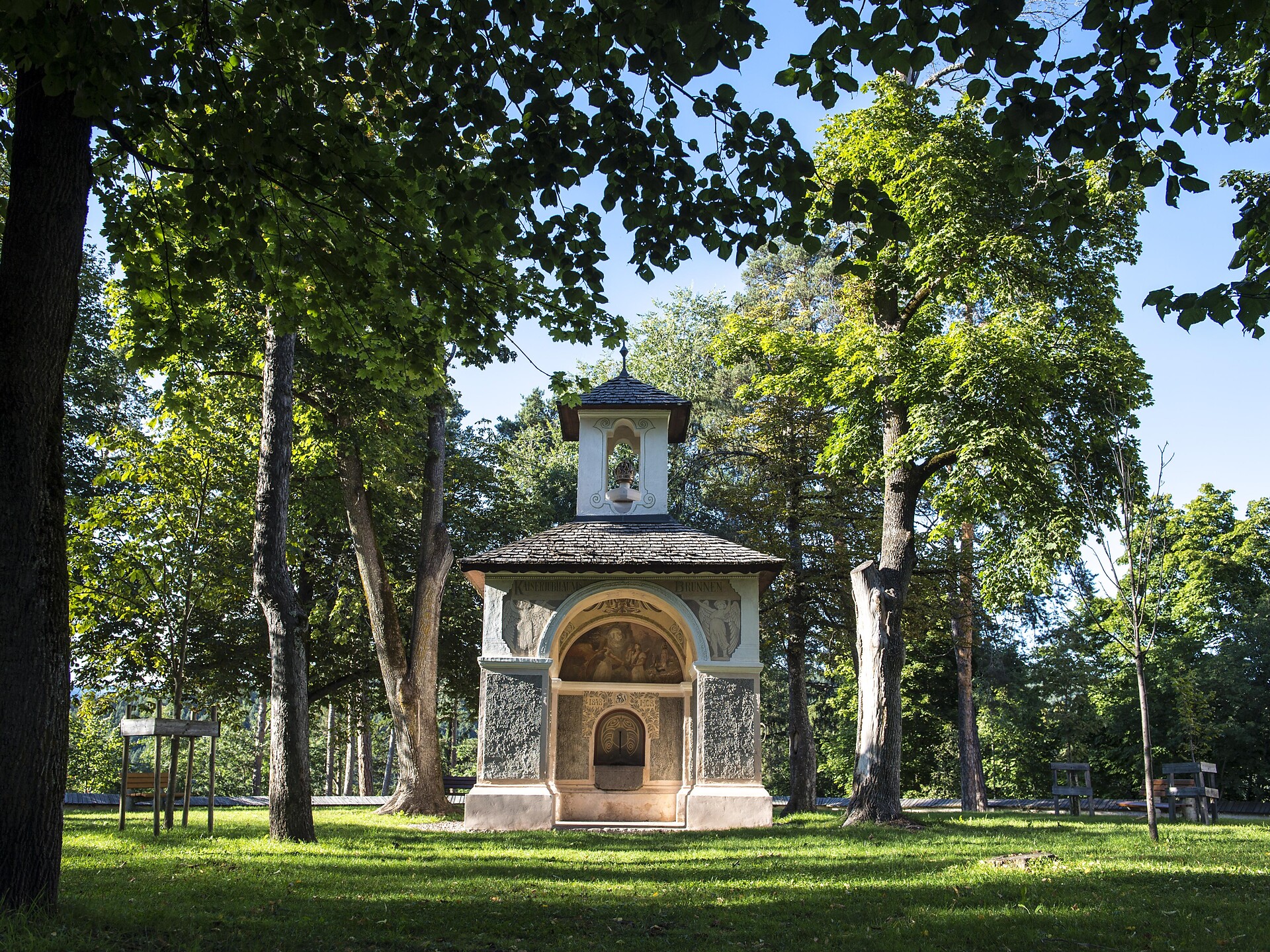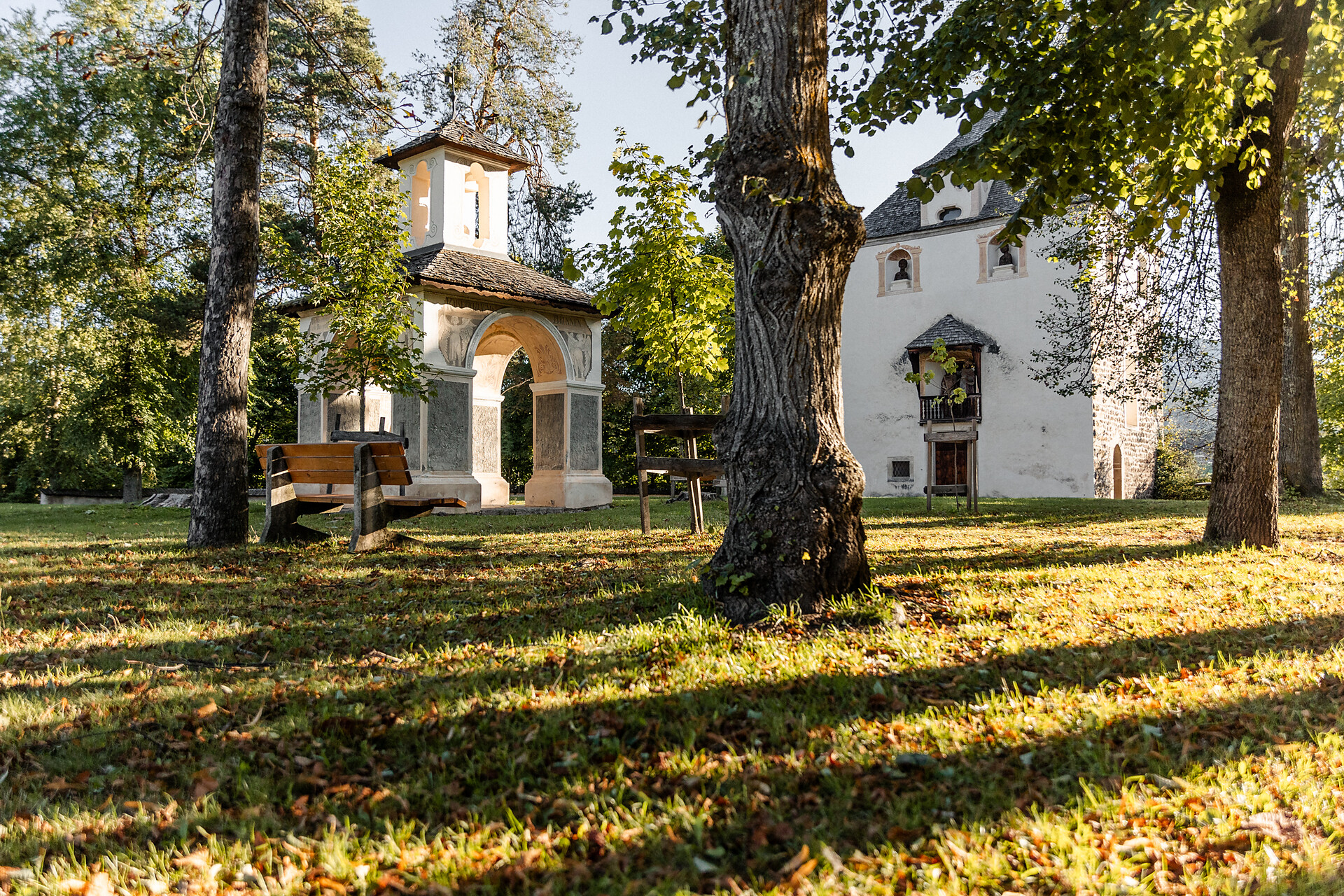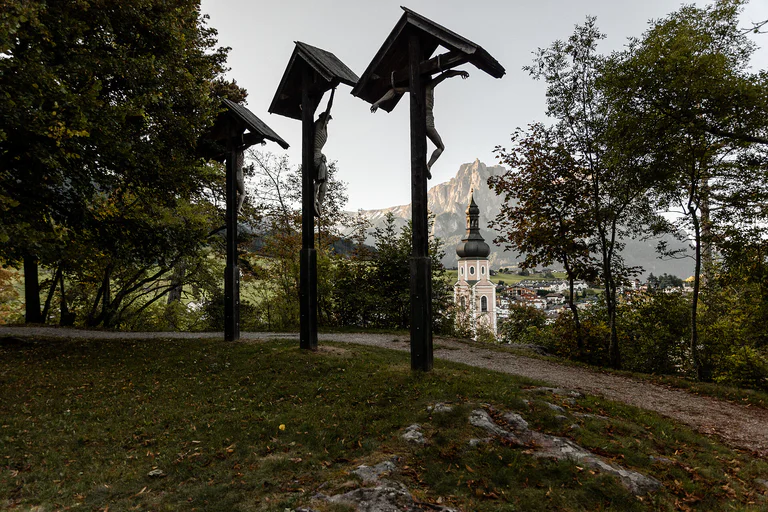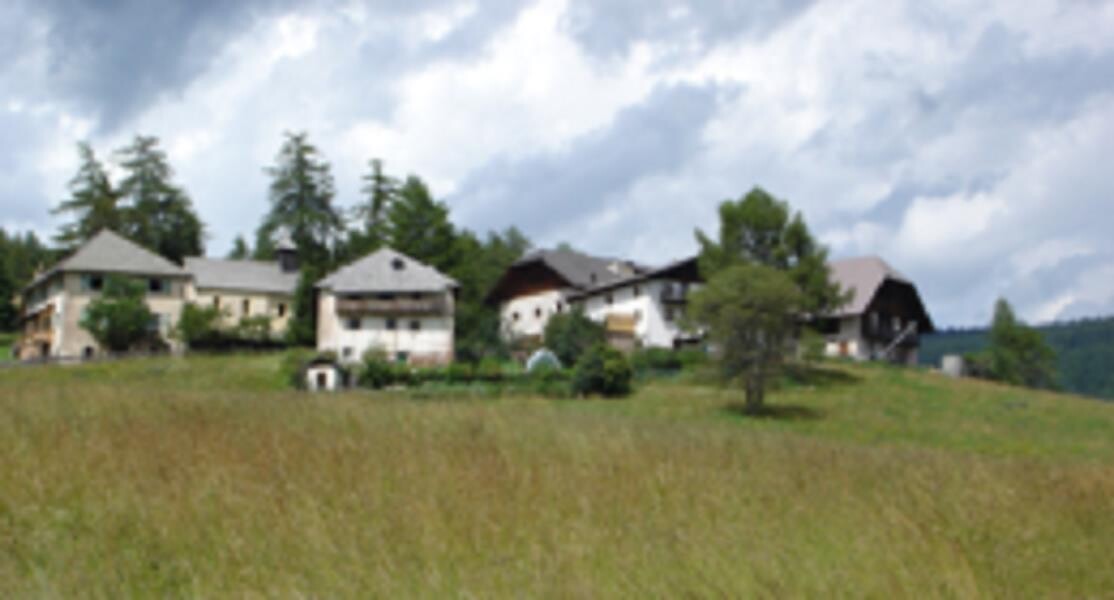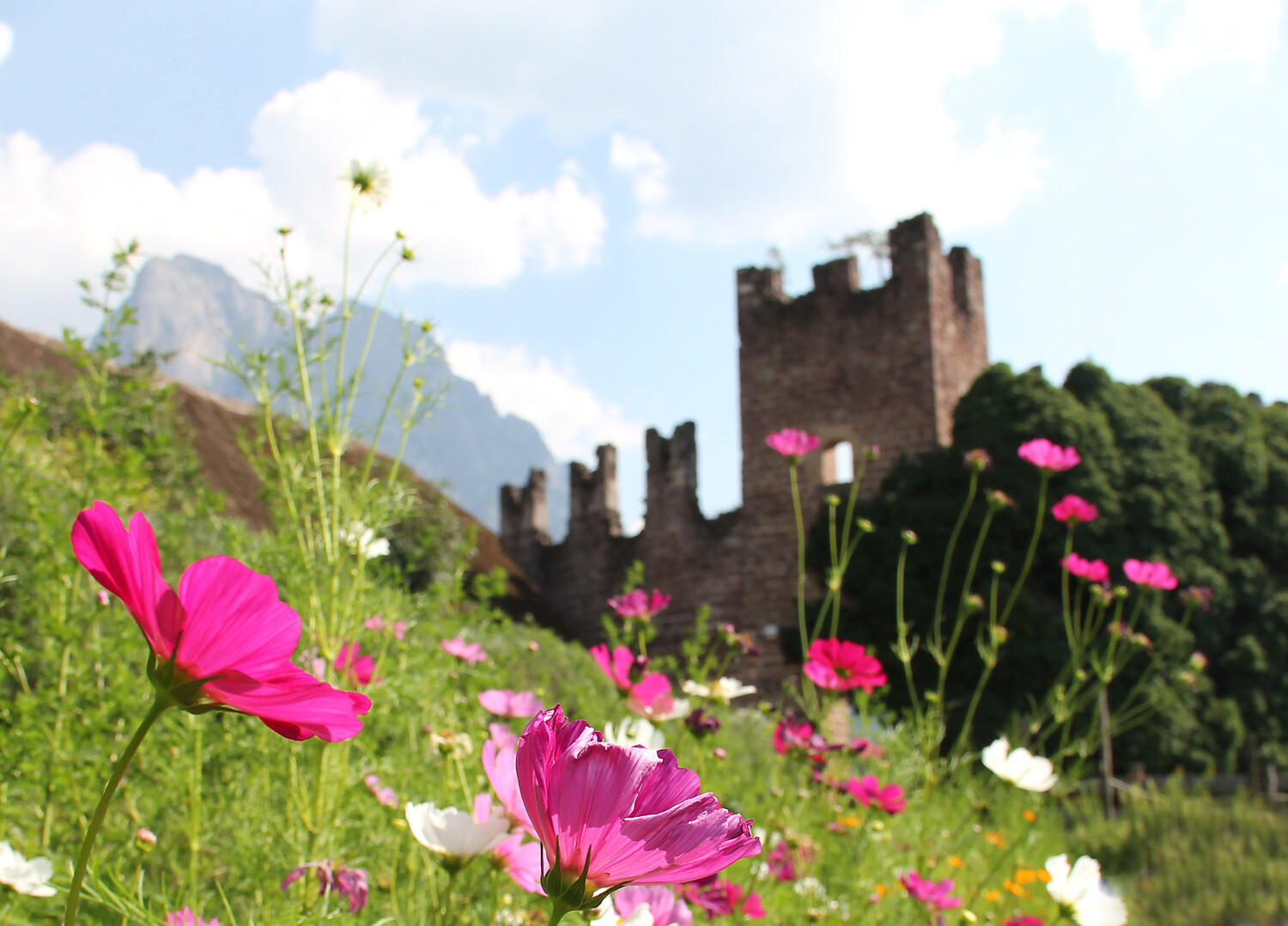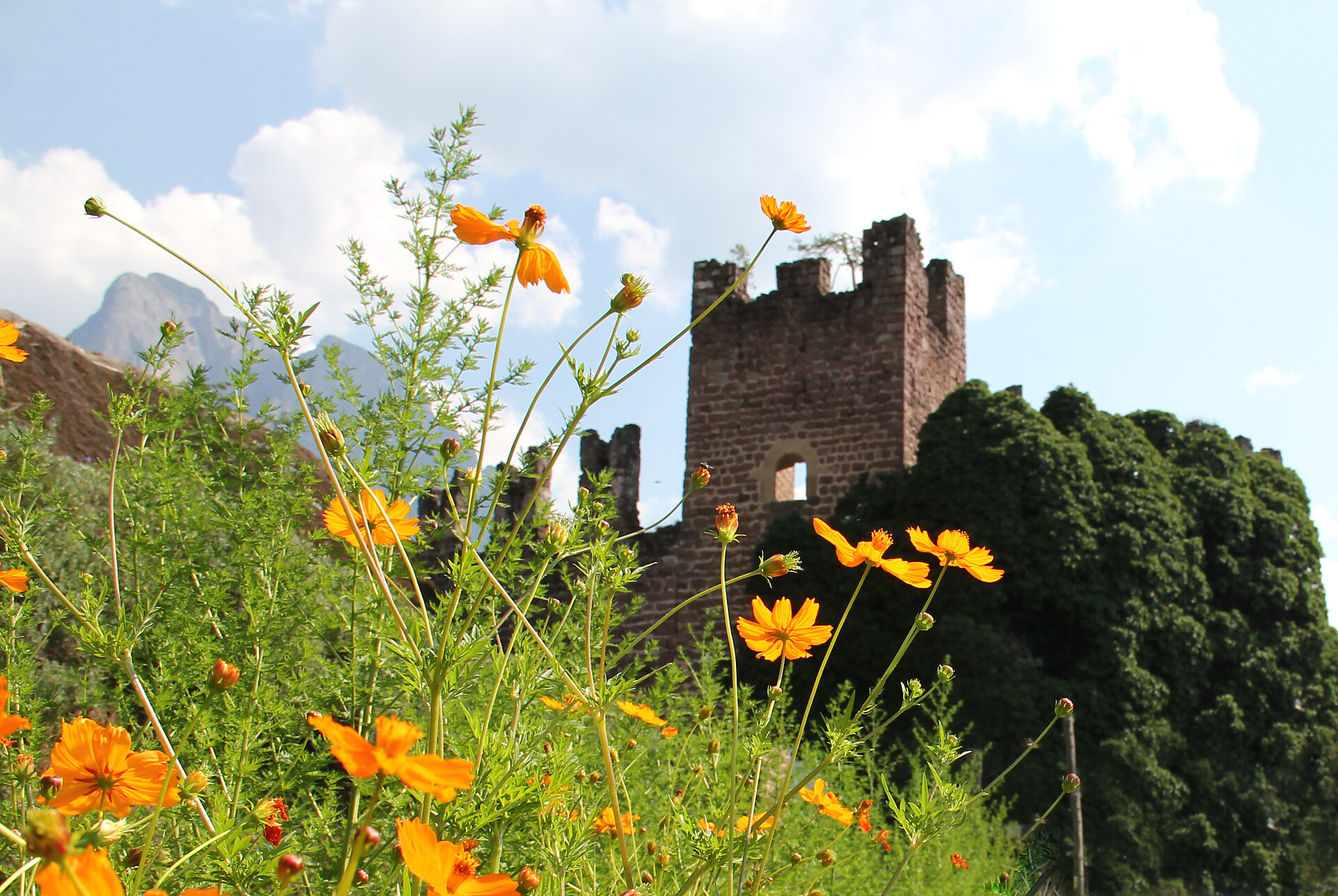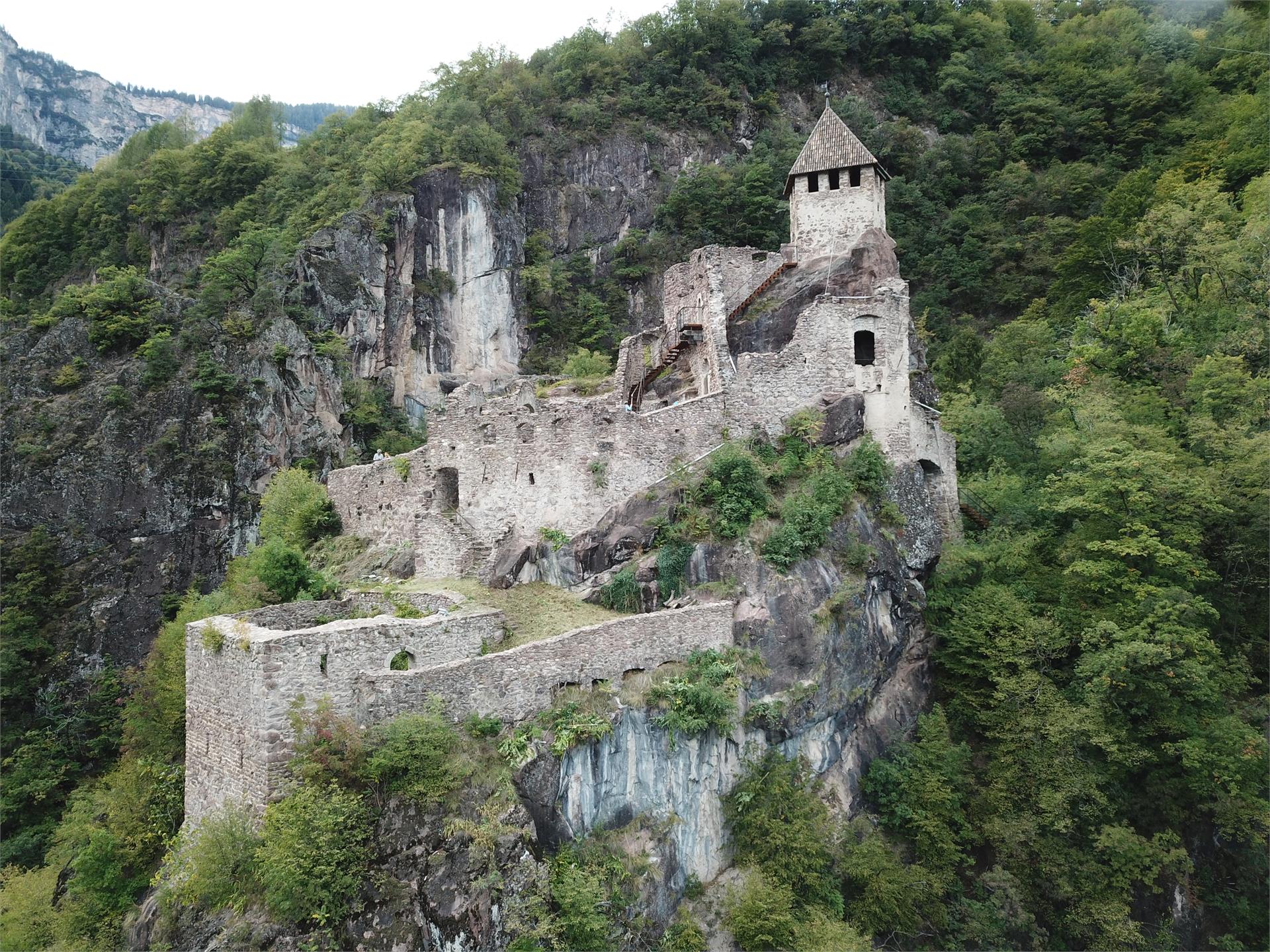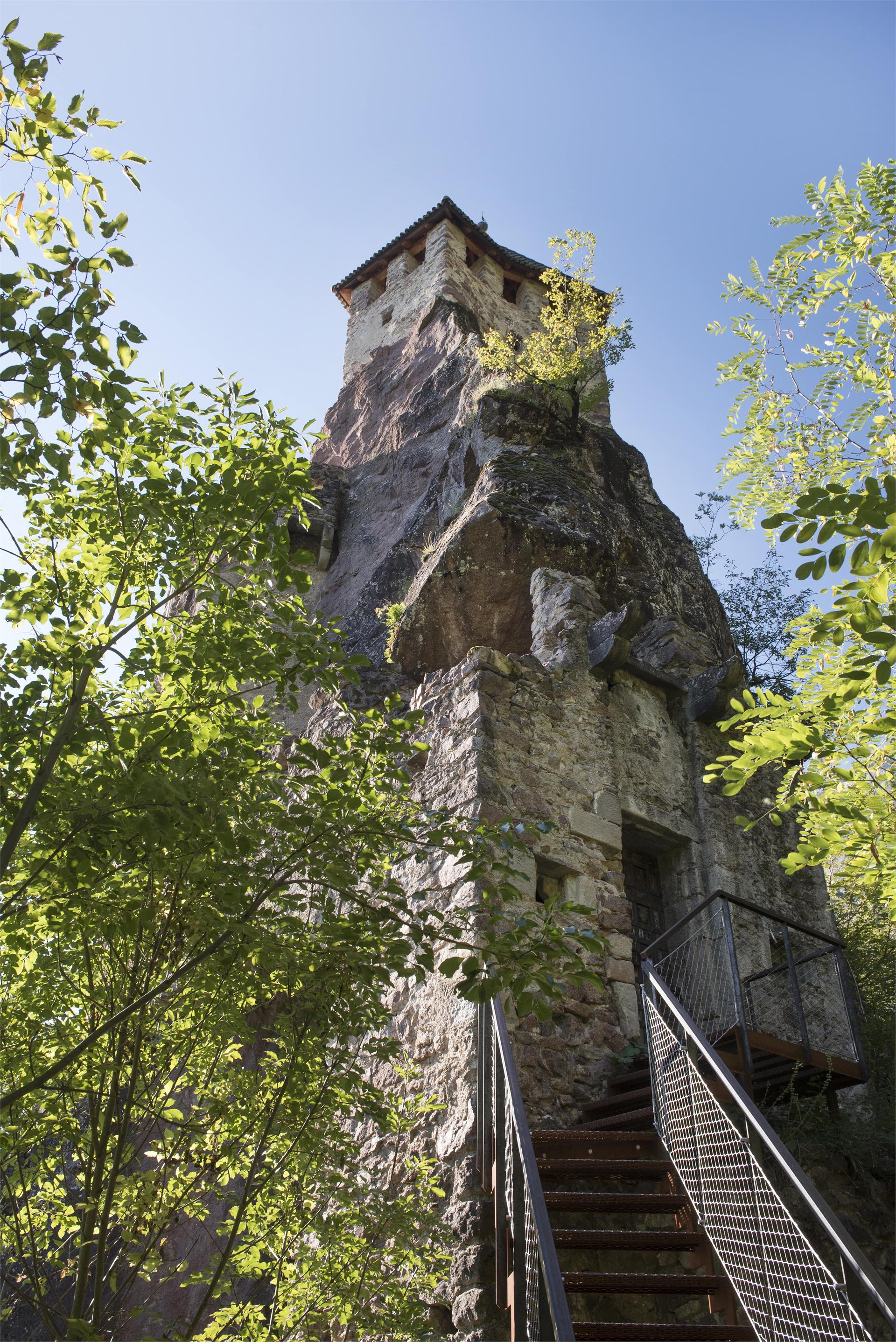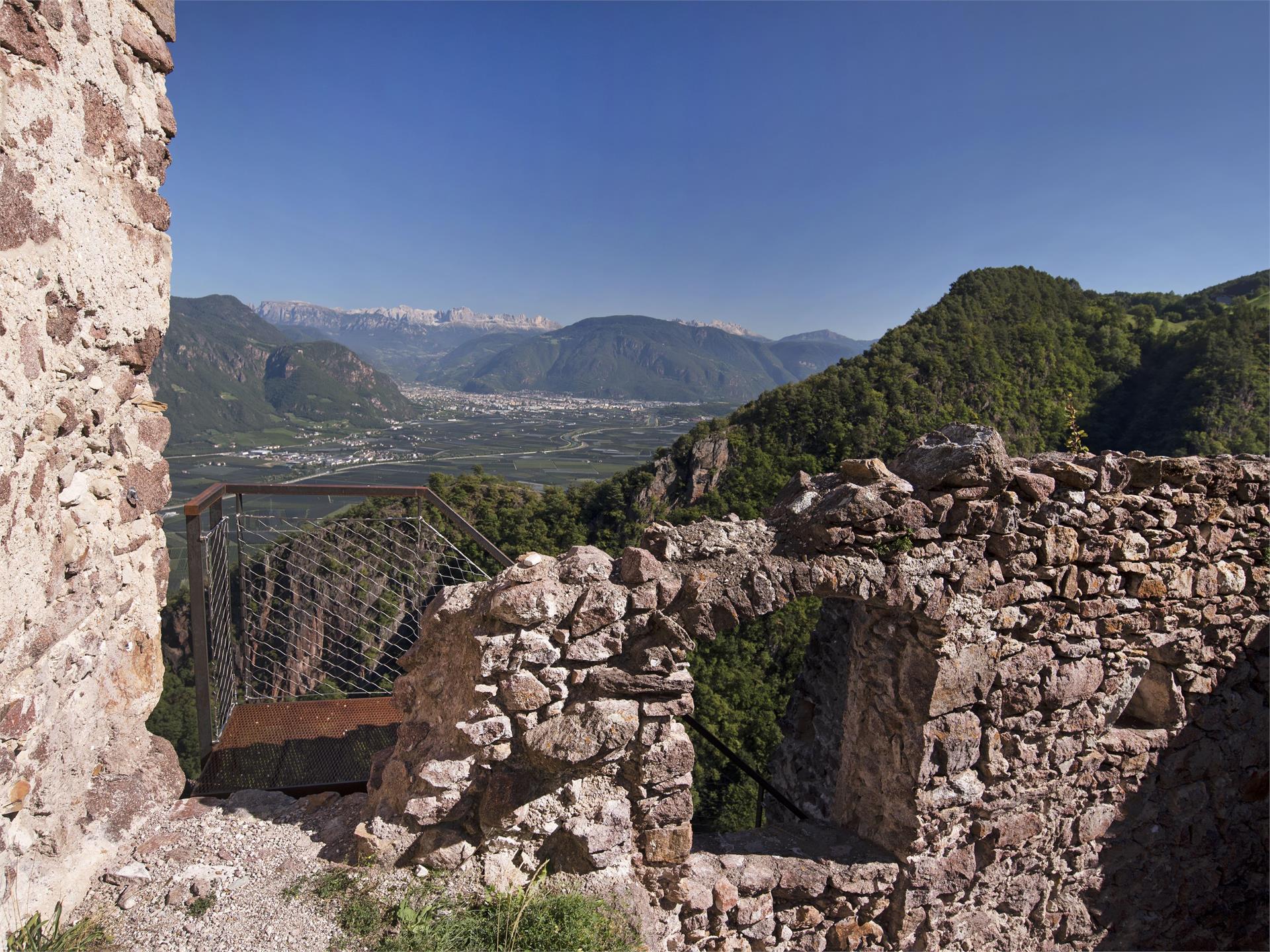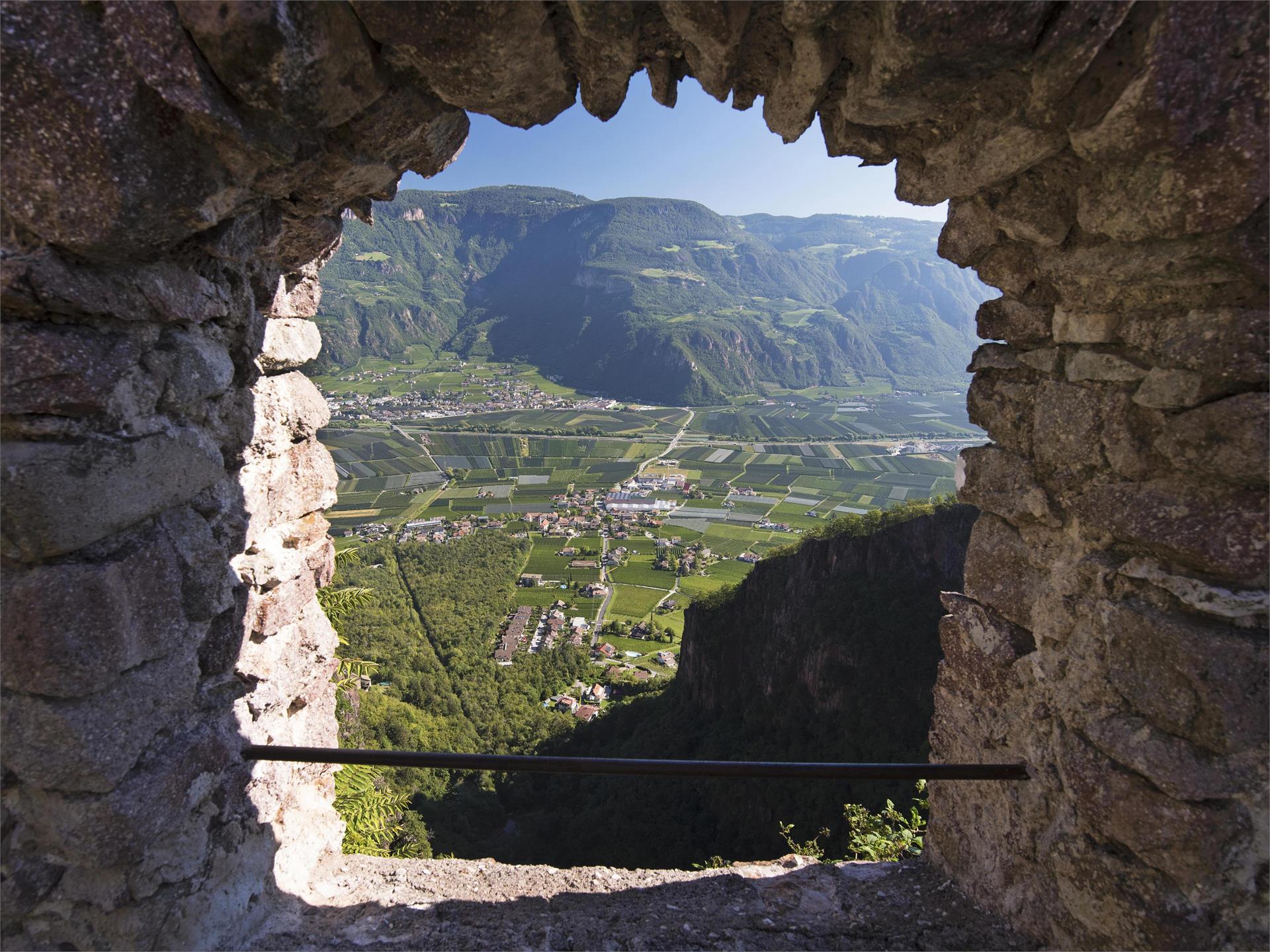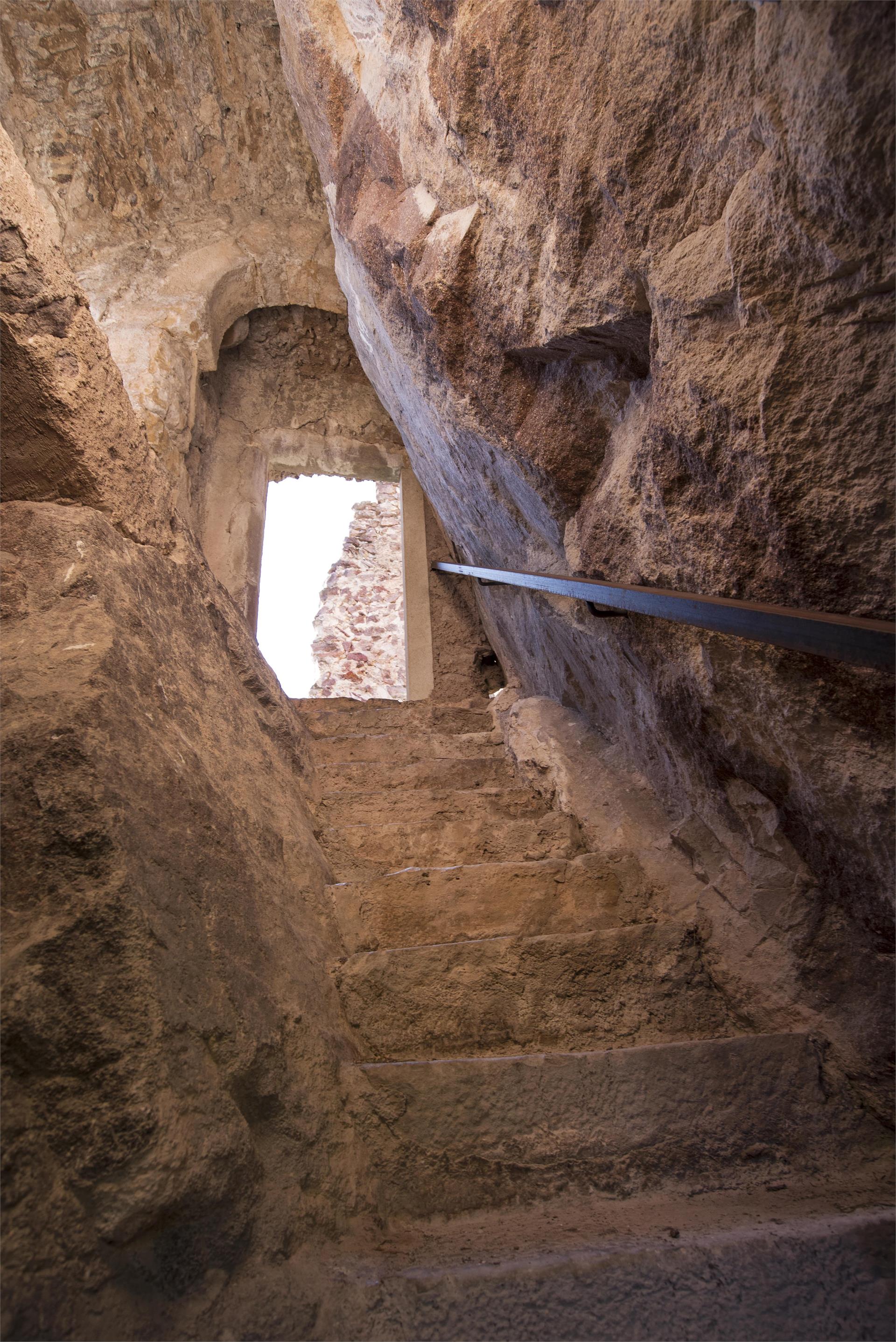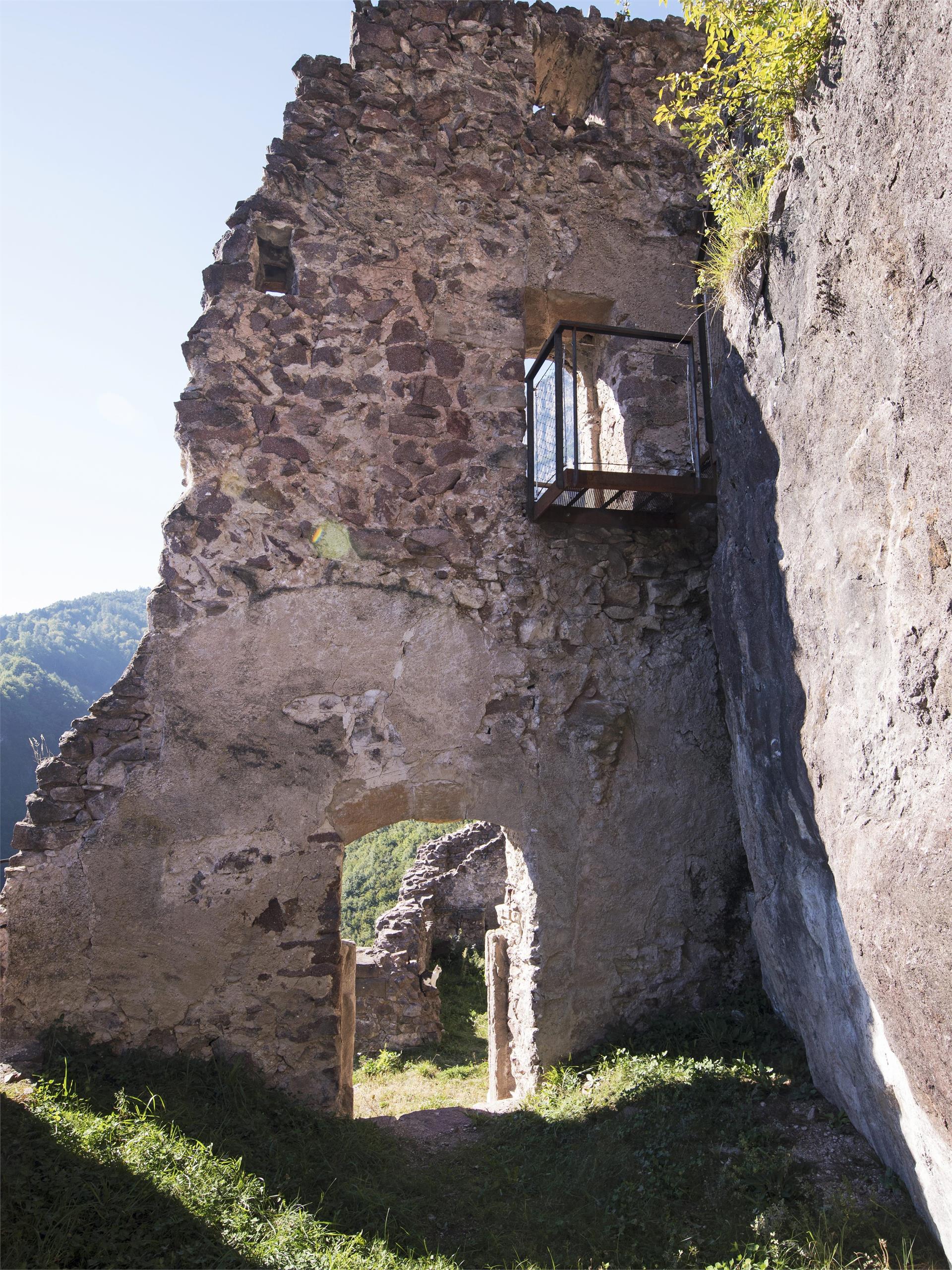The castle ruins of "Castelforte/Festenstein" can be described as Andriano's symbol. It reigns over Andriano from the lofty, rocky outcrop of the Gola del Rio Gaido, and can only be reached via a steep mountain climb. Its location was certainly a pondered choice by the stonemason to ensure the weapons of the enemies would never reach the castle. At the same time, the spectacular location of the castle offers a 360° view across the lower Valle dell'Adige. "Festenstein" was first mentioned in written documents in the mid-13th century. We assume that the castle was built at the time or greatly expanded. Regardless, it had already been built by the time the Counts of Appiano oversaw the valley, they probably assigned one of their vassals to administer the castle.
Managing such a castle would have been tedious work and included collecting taxes from farms, the constant worry about providing the castle with water, food, and firewood, improvement works and endless suveillance shifts. All these tasks, considering the virtually inaccessible location of the castle, would have been pure torture. Sometime between the 13th and 14th century the castle was damaged, probably during the ongoing skirmishes of the time, because in 1383 it became property of the Lords of Villandro, who were tasked with restoring the decrepit ruins to their former glory. This shows how the castle still had a role to play at the end of the 14th century.
In the following period, the castle changed hands various times. In the 15th century it belonged to the Sparrenberger, members of the gentry, followed by the Lords Lanser of Appiano between 1654 and 1818.
In 2008, Count Meinhard Khuen von Belasi purchased the castle ruins and commissioned, together with the South Tyrolean Office for Cultural Heritage, various restoration measures to secure the state of the walls and protect the castle from further deterioration.
After years of restoration work, Castelforte is now open to visitors. On various dates, the Andriano Tourist Association enables a special opening of the castle.
Special Opening of the Ruins Festenstein 2023:
Sunday, 02.04.2023
Friday,07.04.2023
Sunday, 16.04.2023
Friday,21.04.2023 cancelled
Sunday, 30.04.2023
Friday,05.05.2023
Friday,12.05.2023 cancelled
Friday,19.05.2023
Monday, 29.05.2023
Friday, 02.06.2023
Saturday, 10.06.2023
Sunday, 11.06.2023
Friday,16.06.2023
Friday,23.06.2023
Friday,07.07.2023
Friday,21.07.2023
Friday,11.08.2023
Friday,25.08.2023
Sunday, 03.09.2023
Friday,08.09.2023
Friday,15.09.2023
Friday,22.09.2023
Sunday, 01.10.2023
Friday,06.10.2023
Sunday, 15.10.2023
Opening times: 10:00 – 15:00
Cancelled in bad weather!
